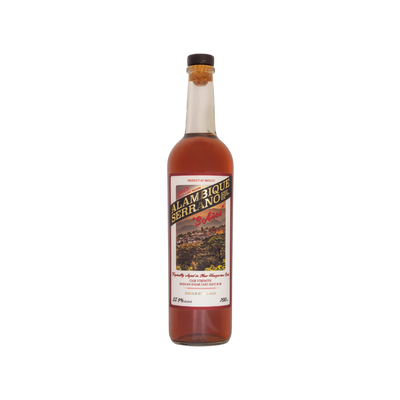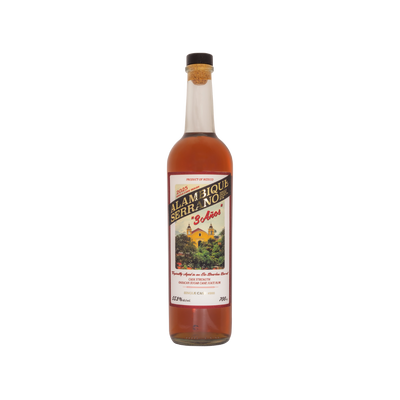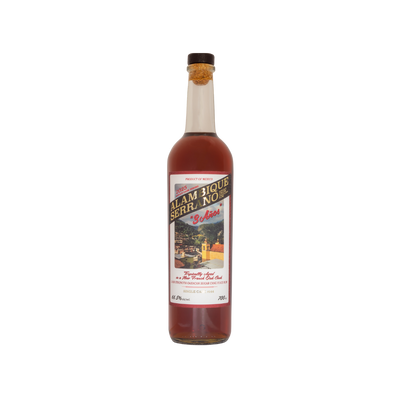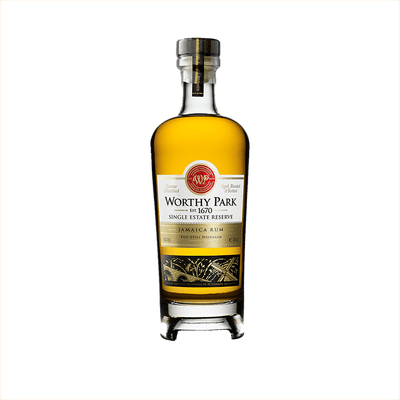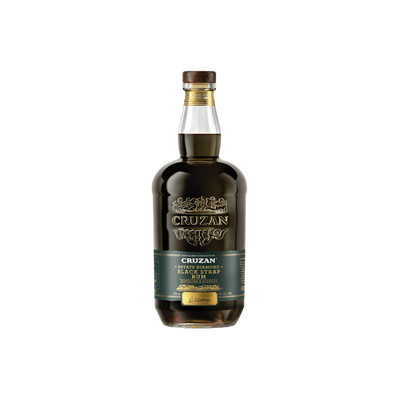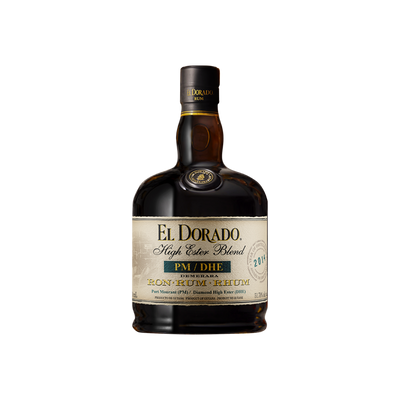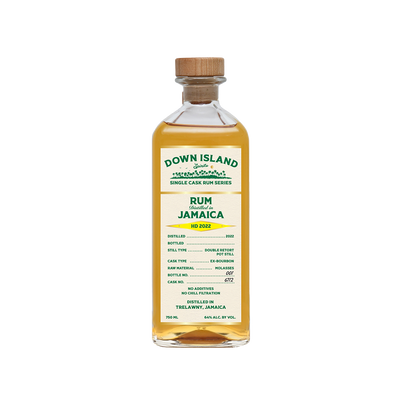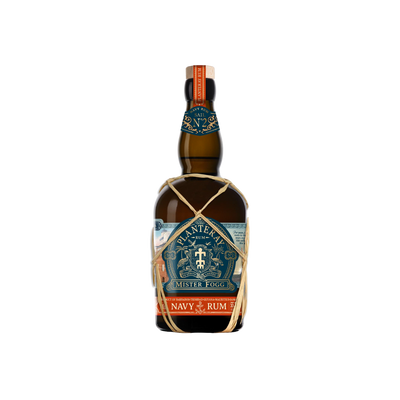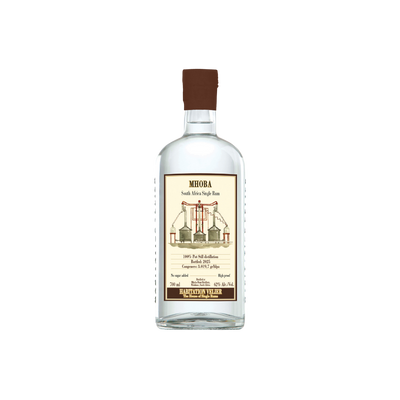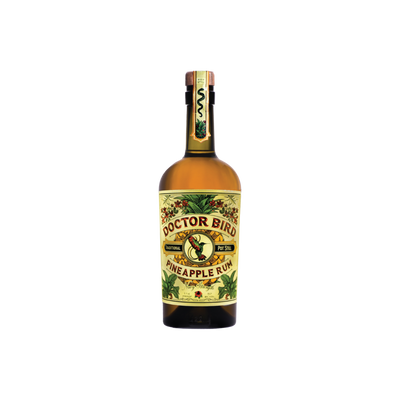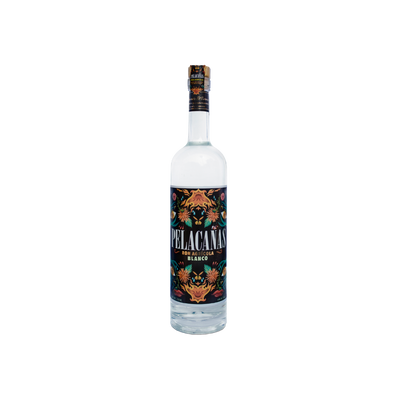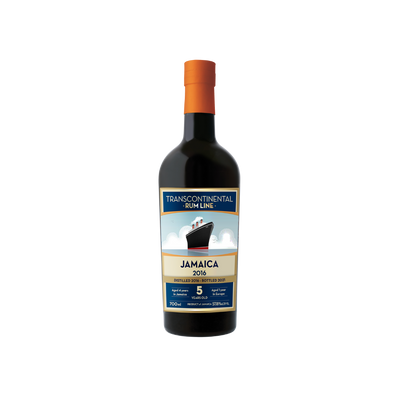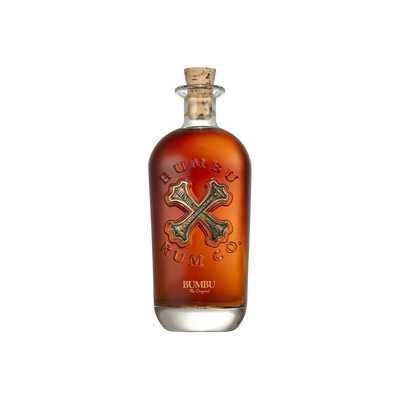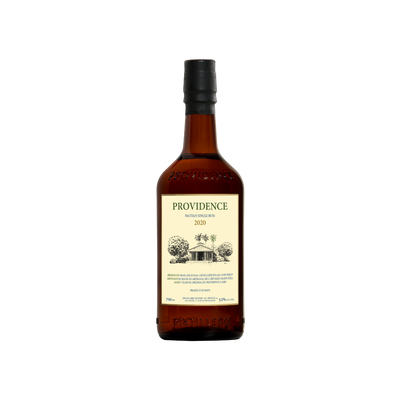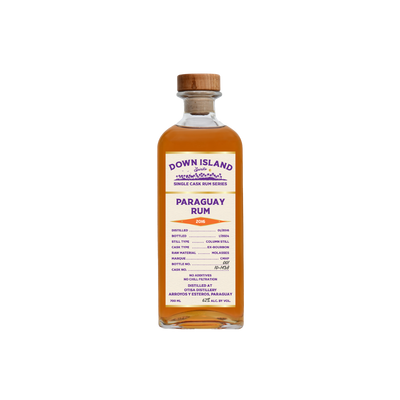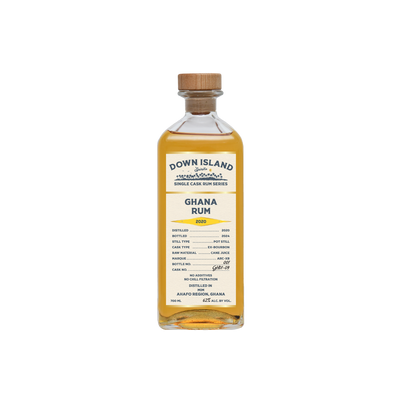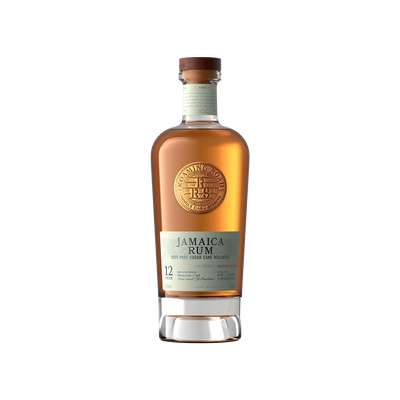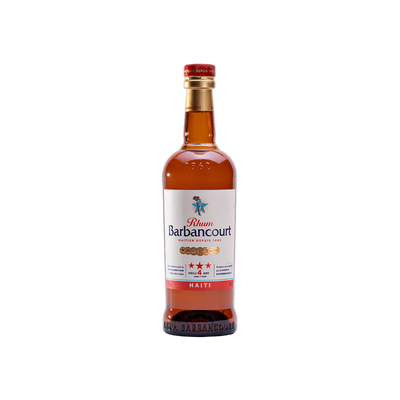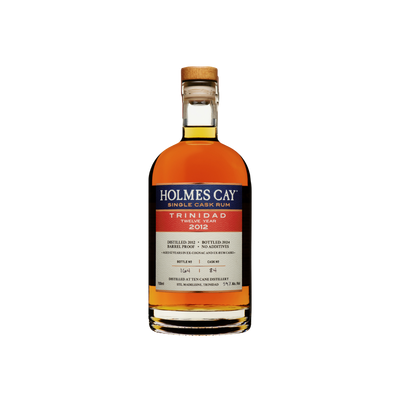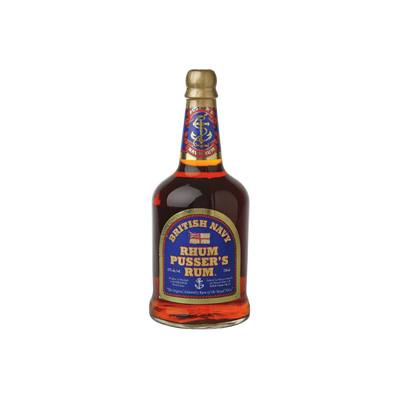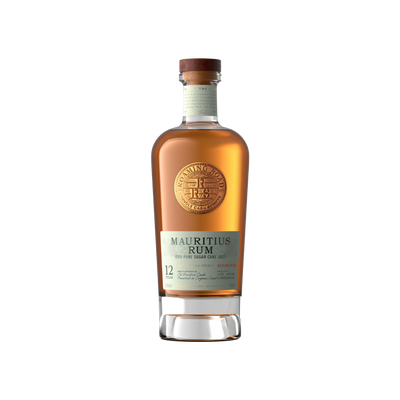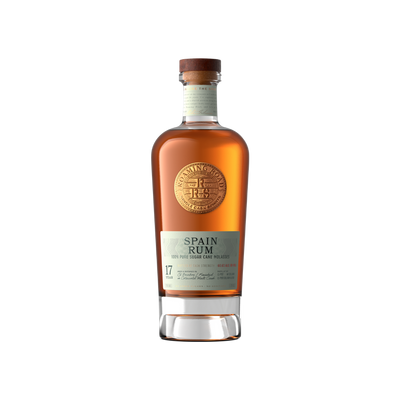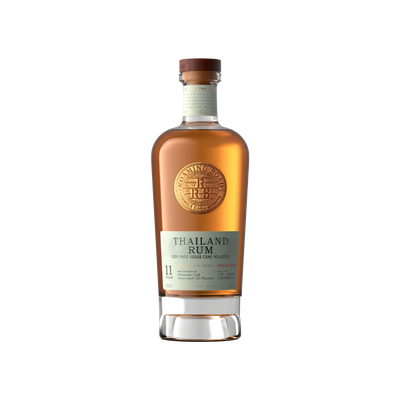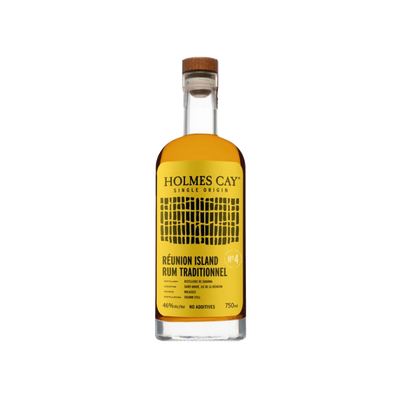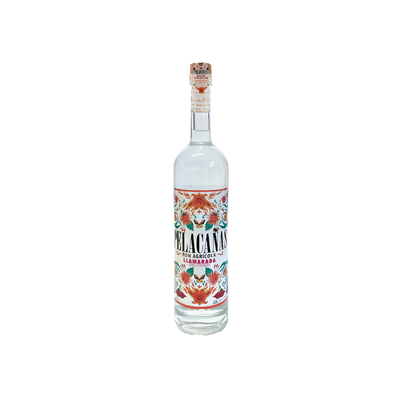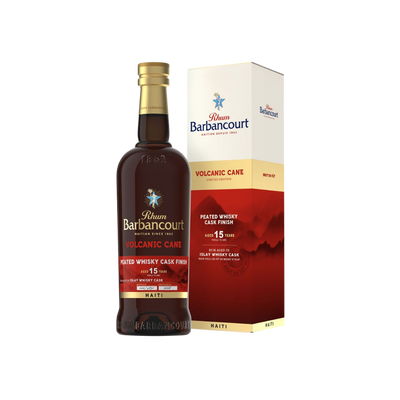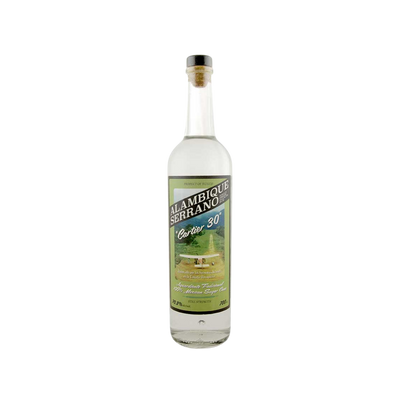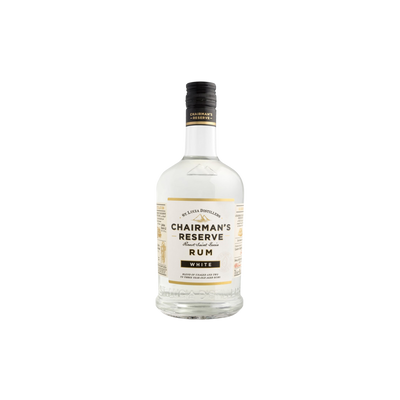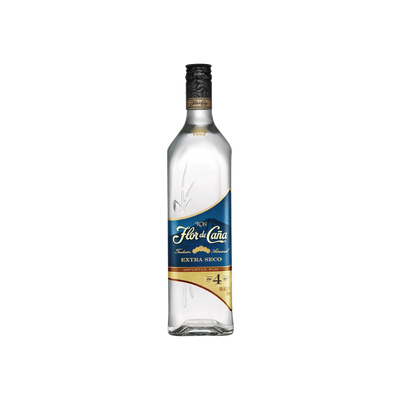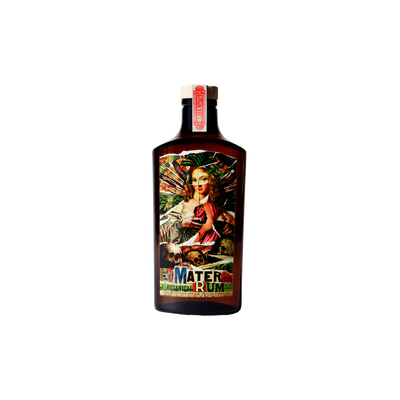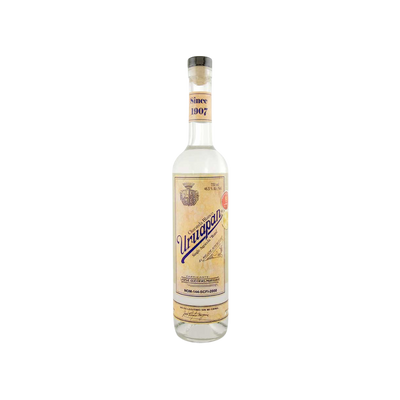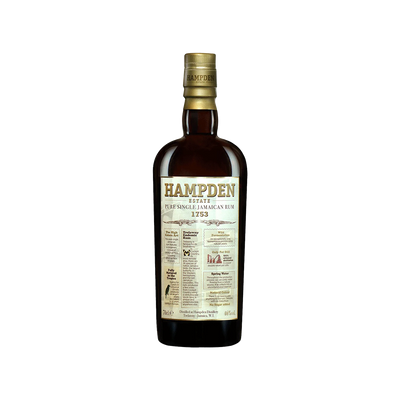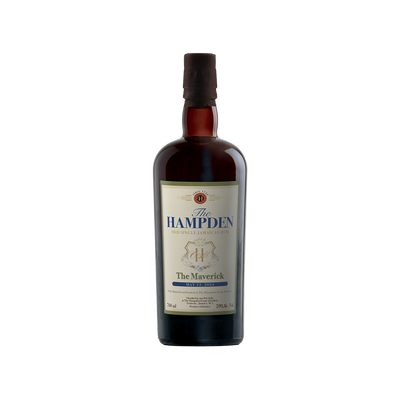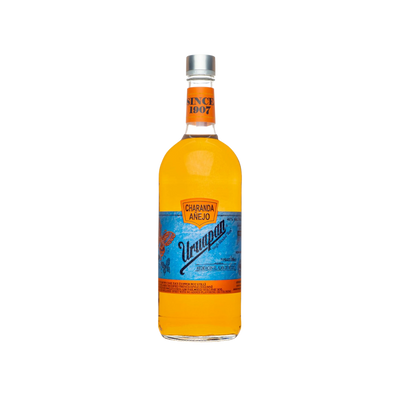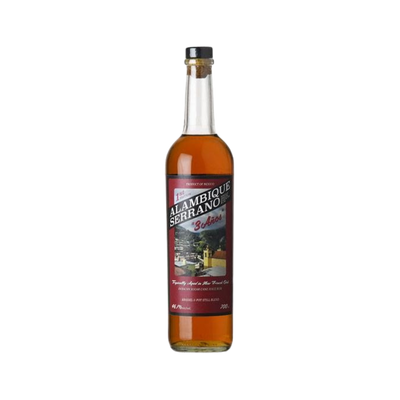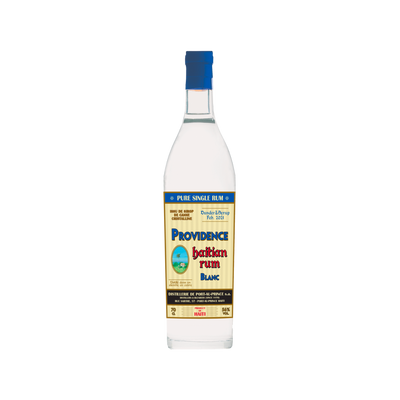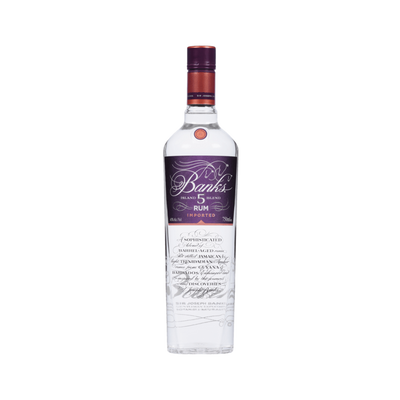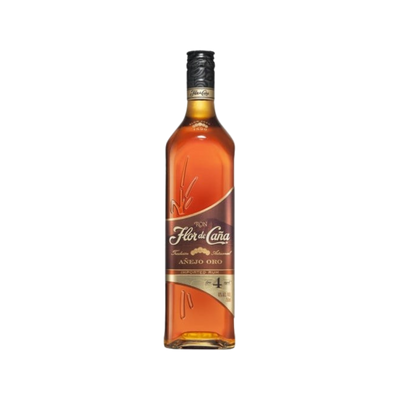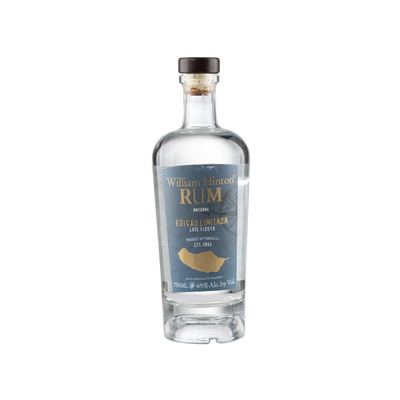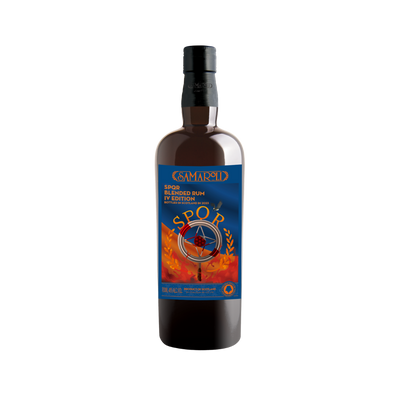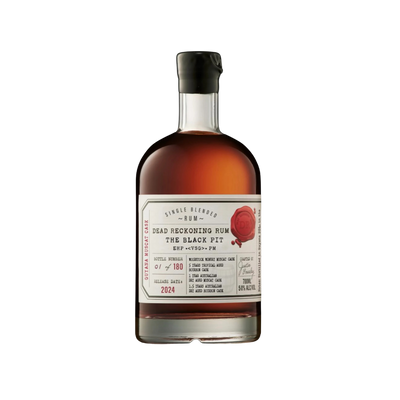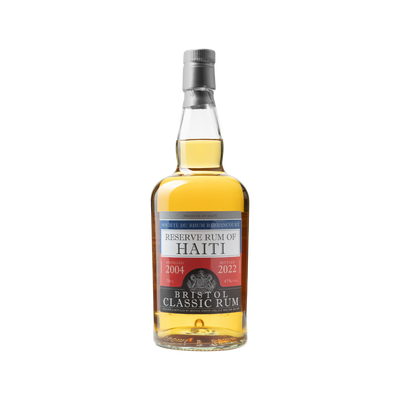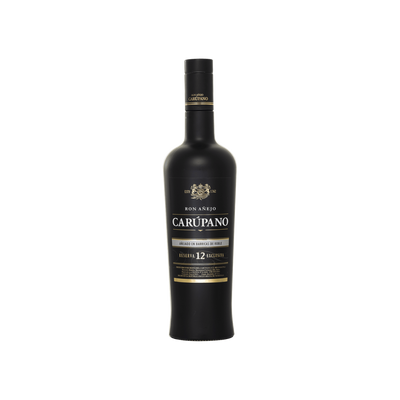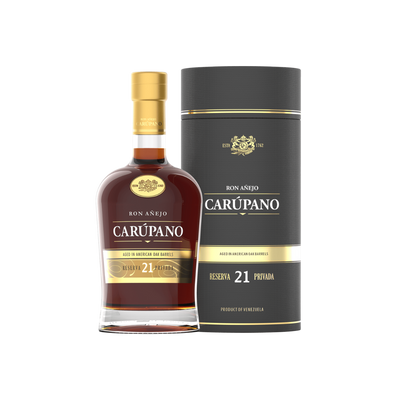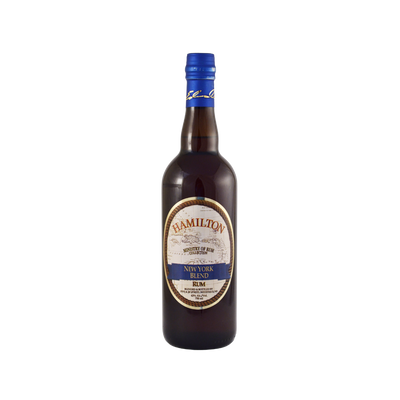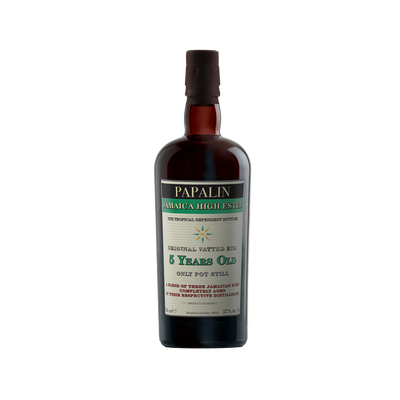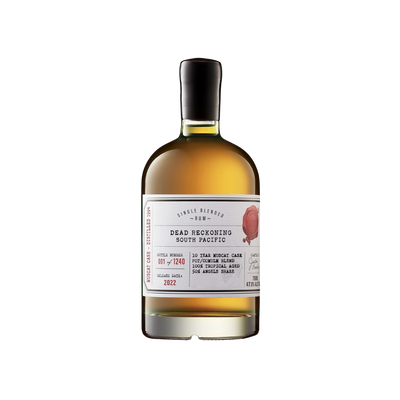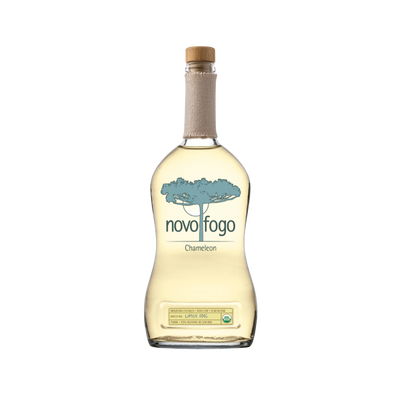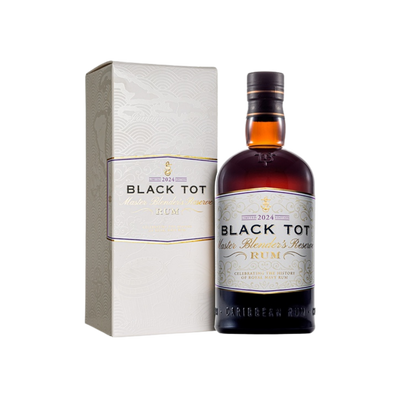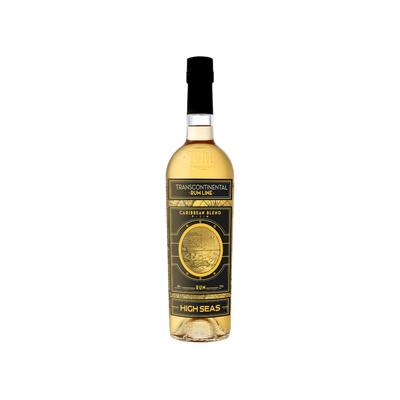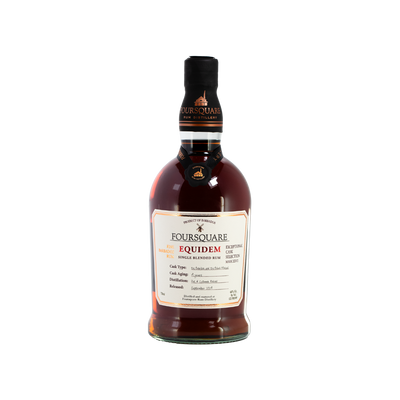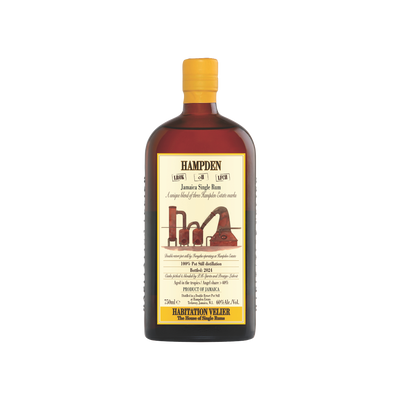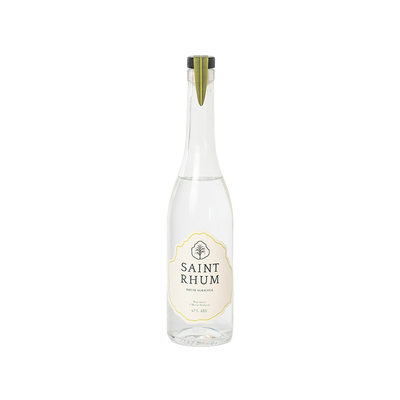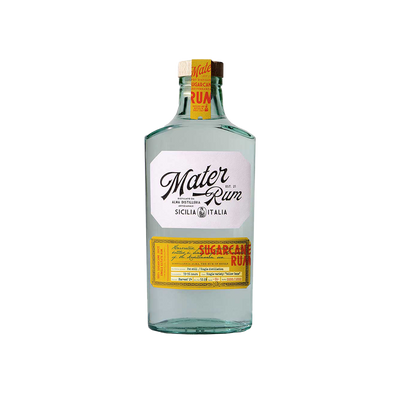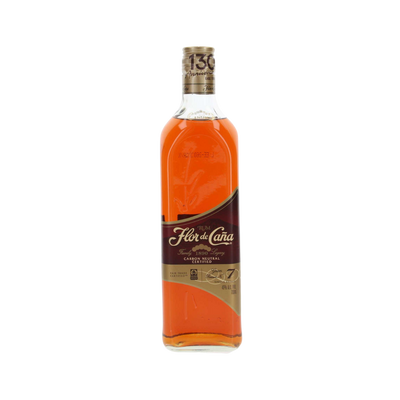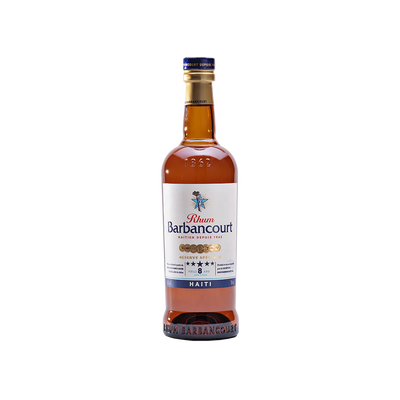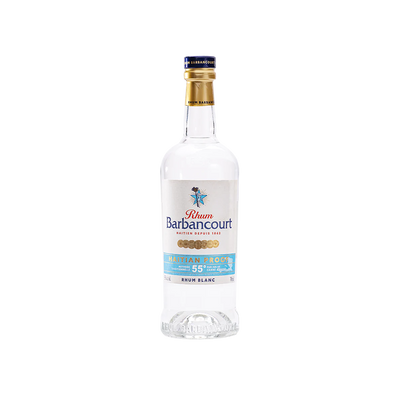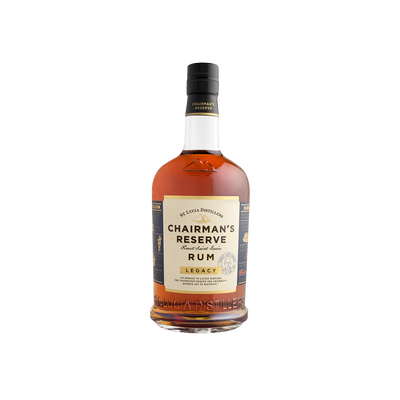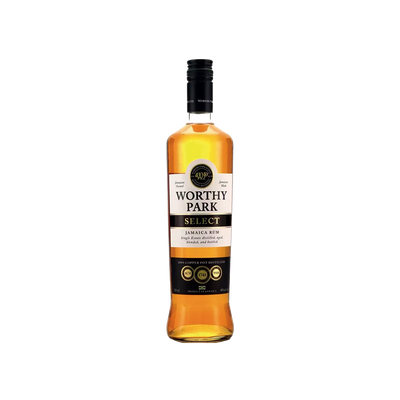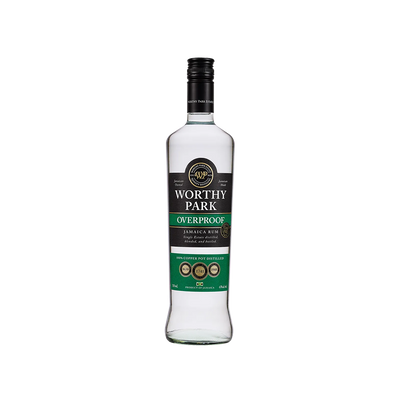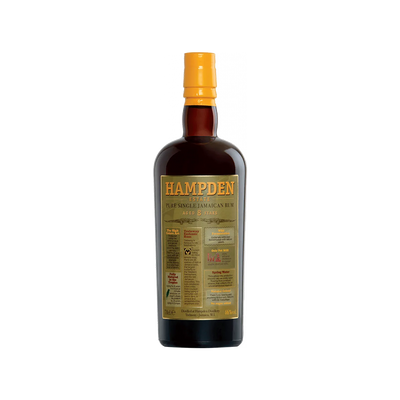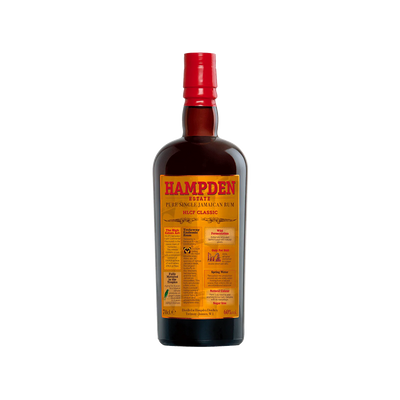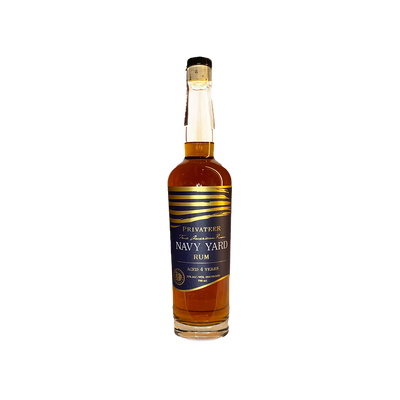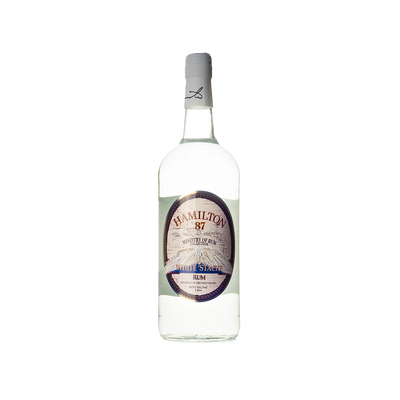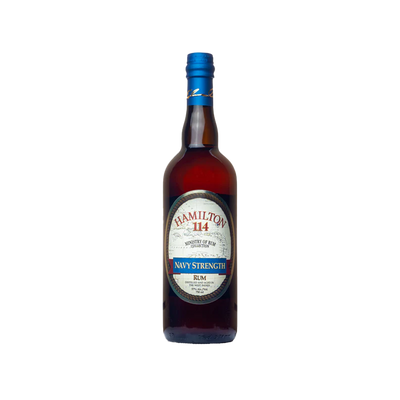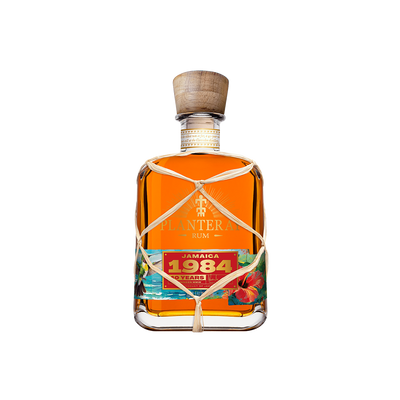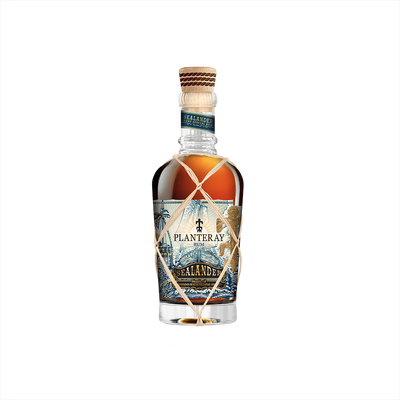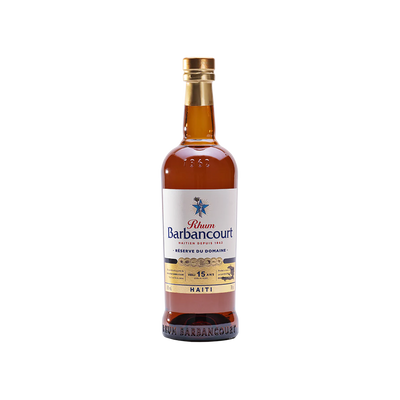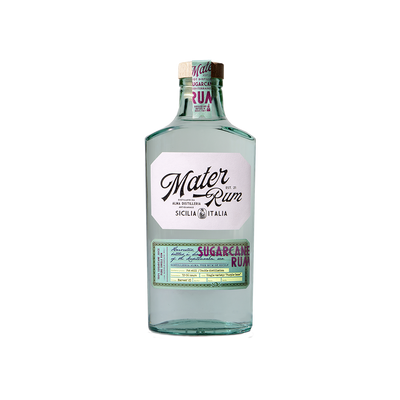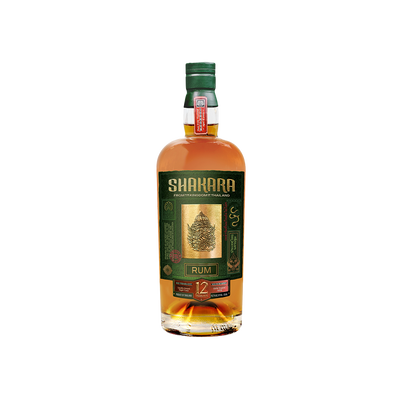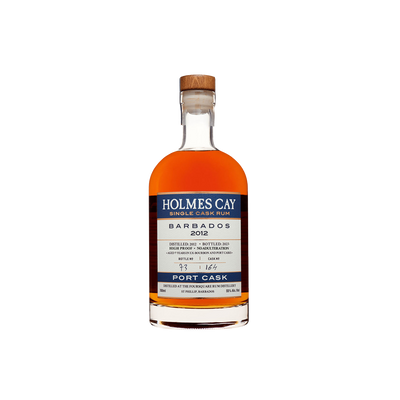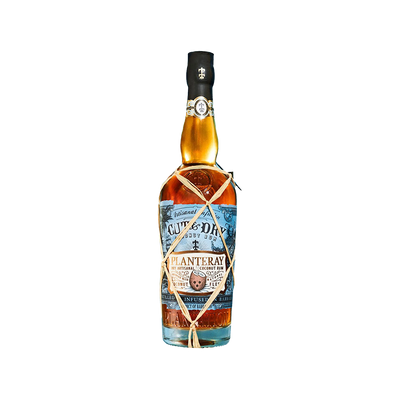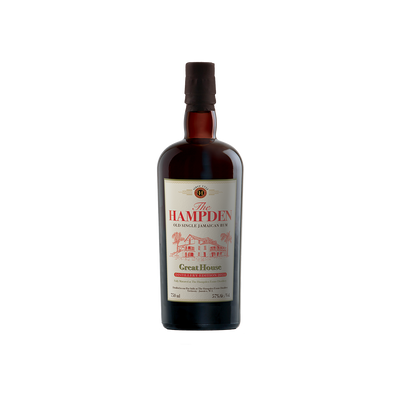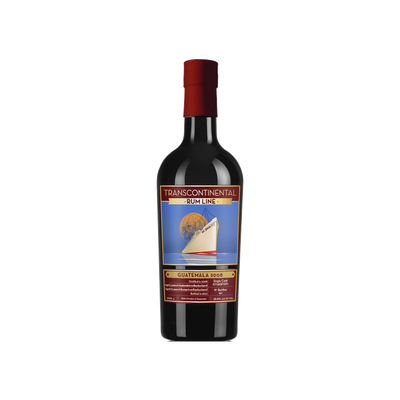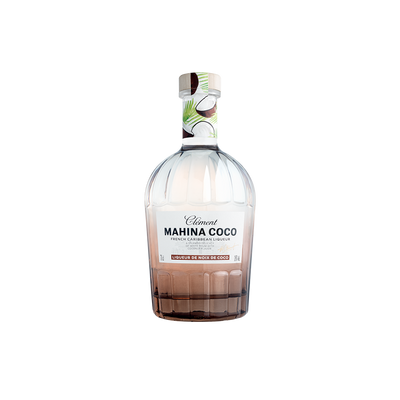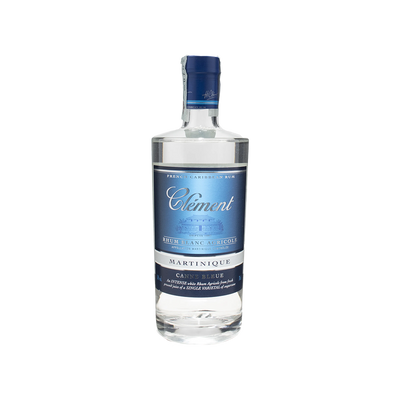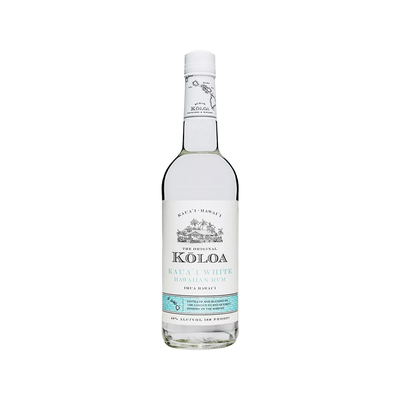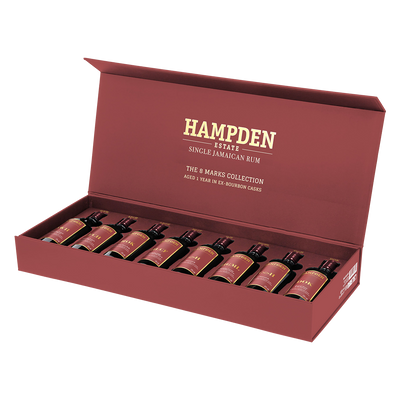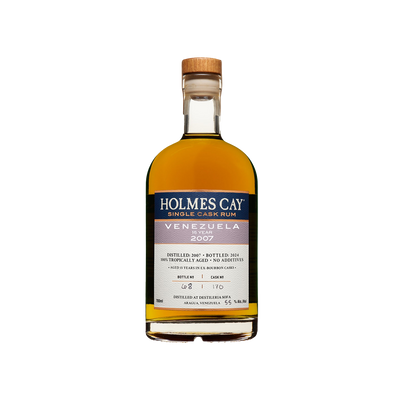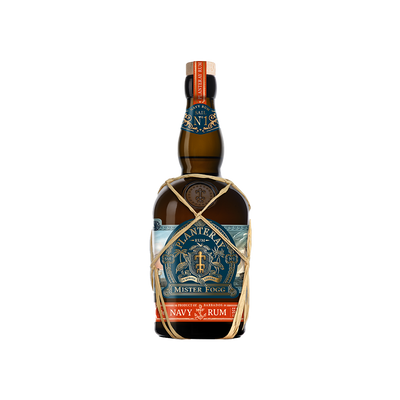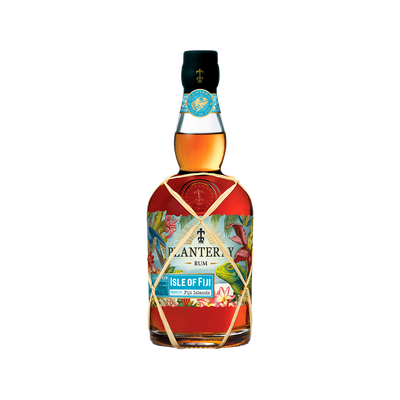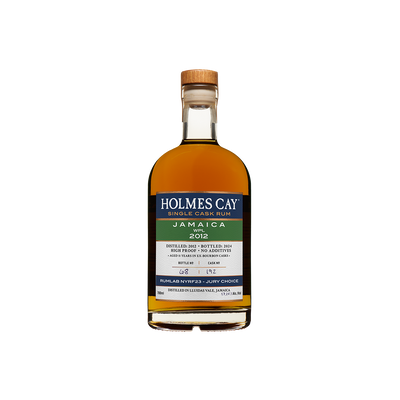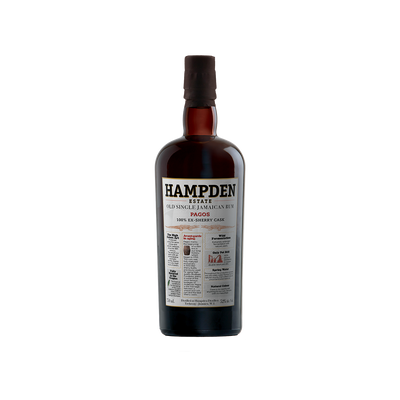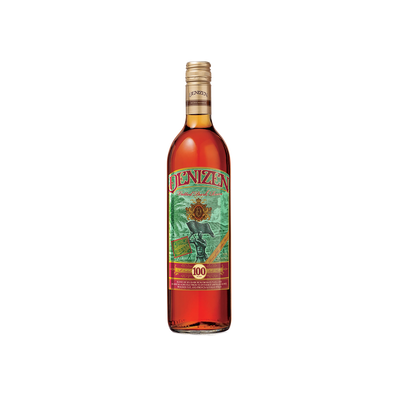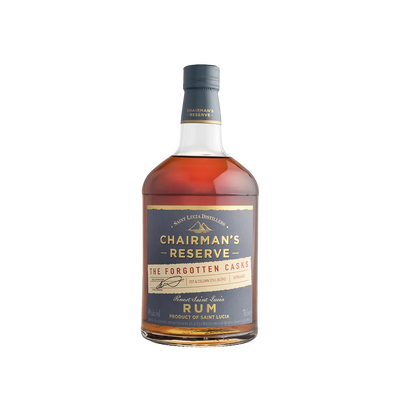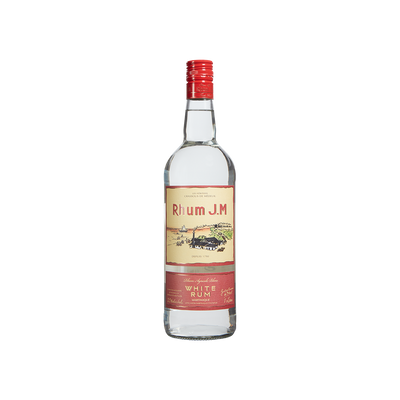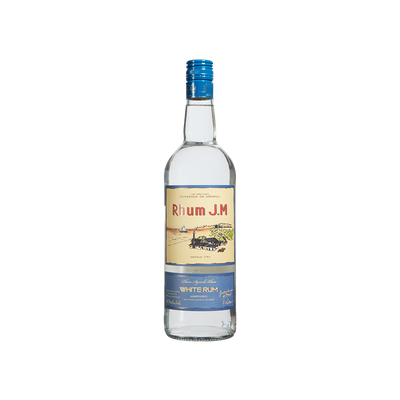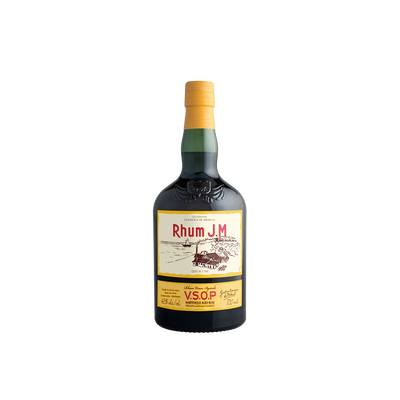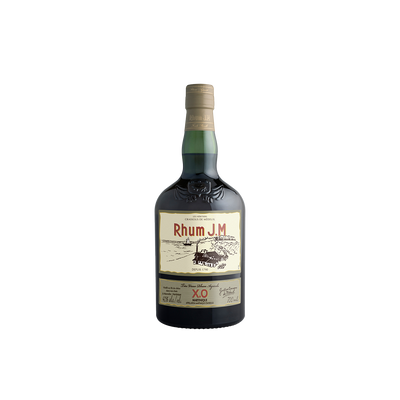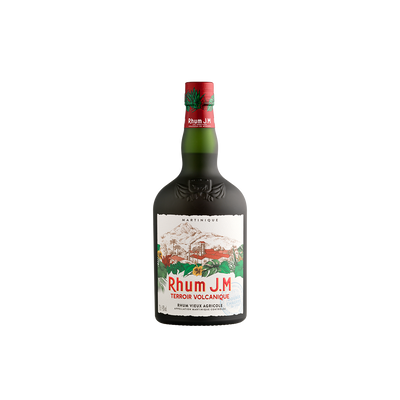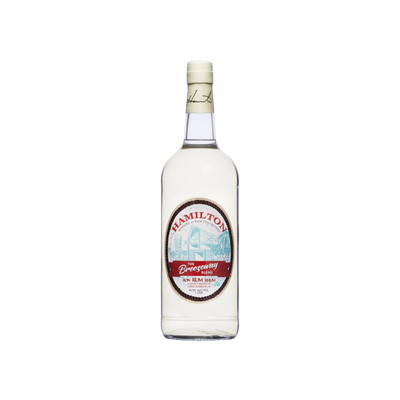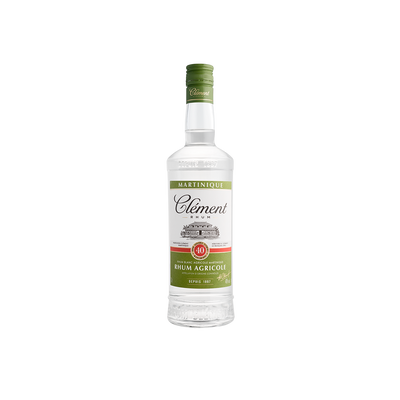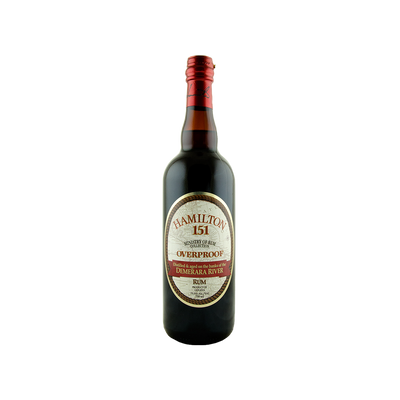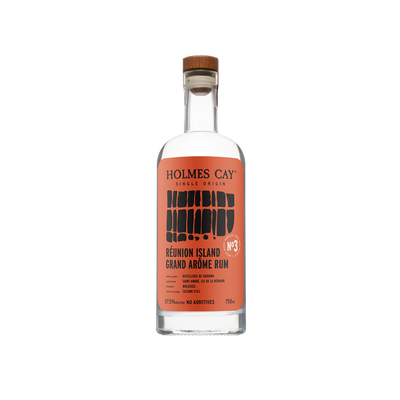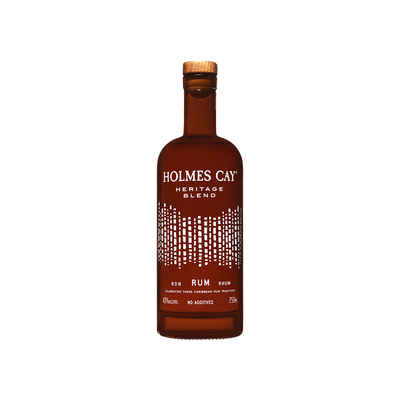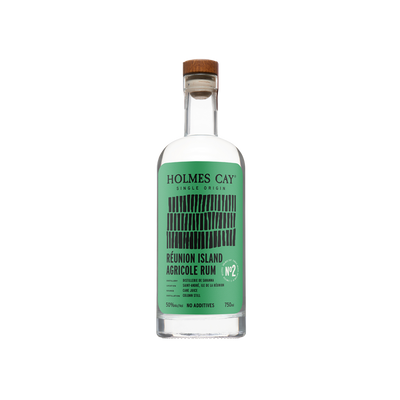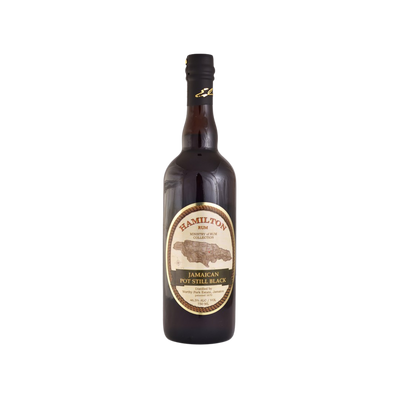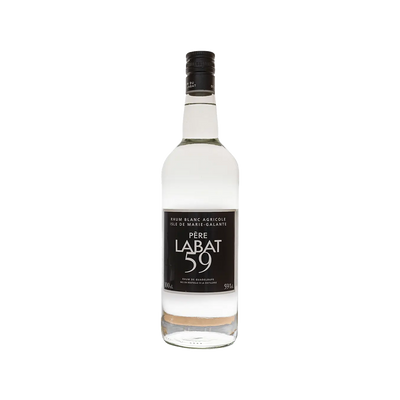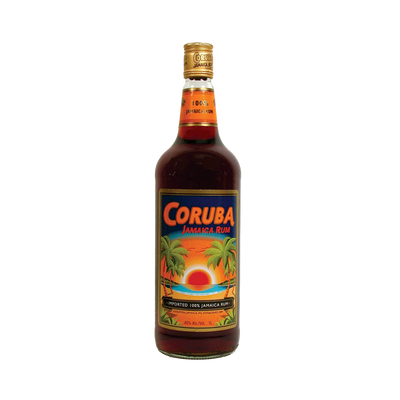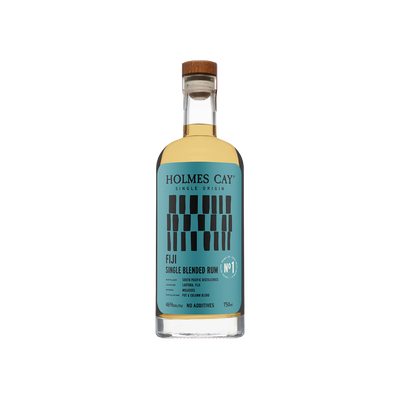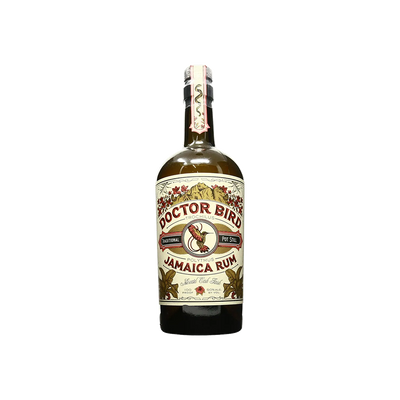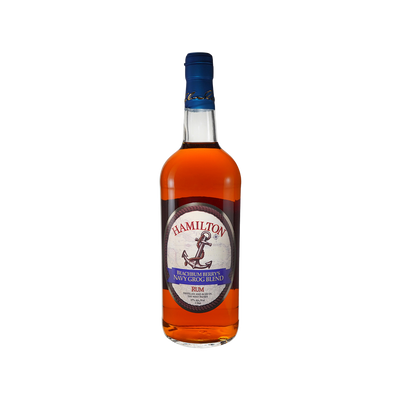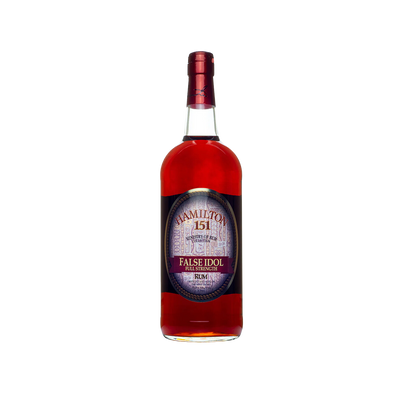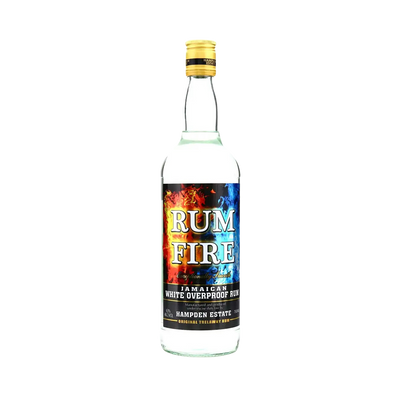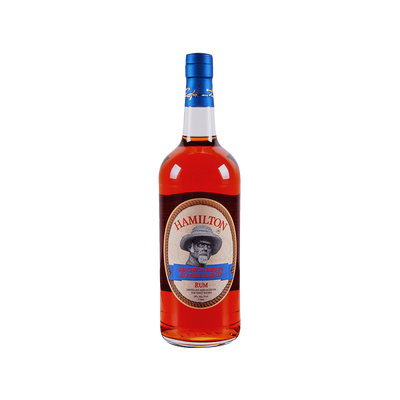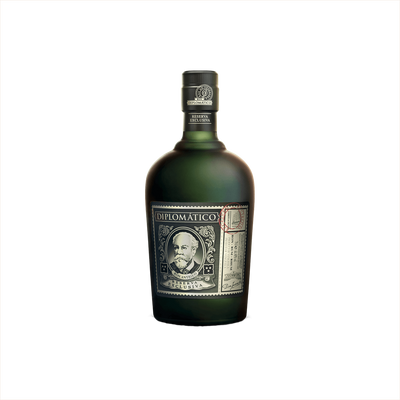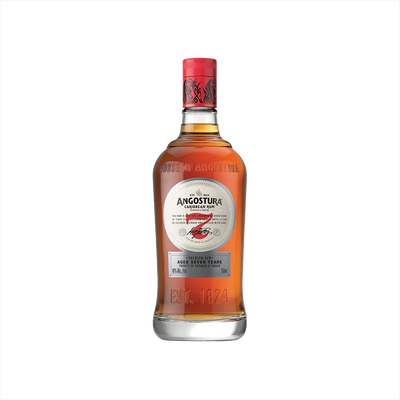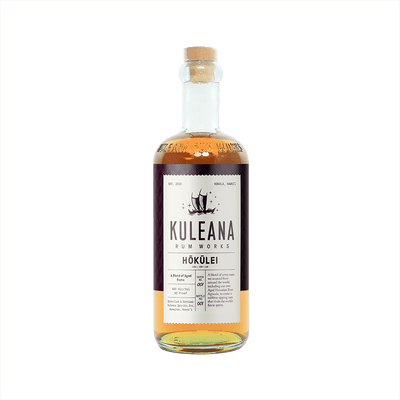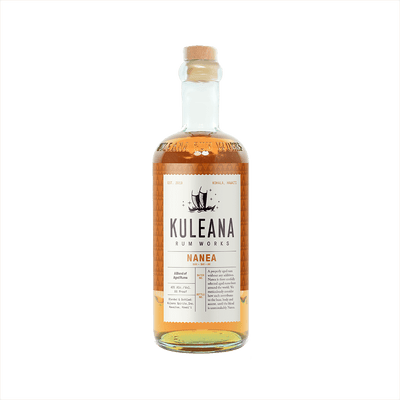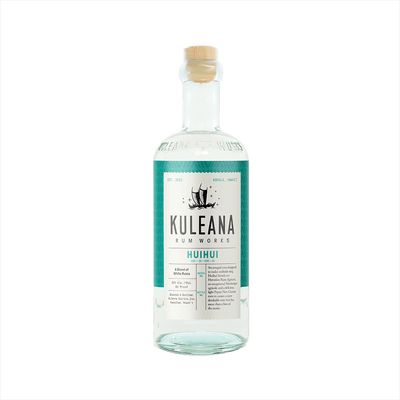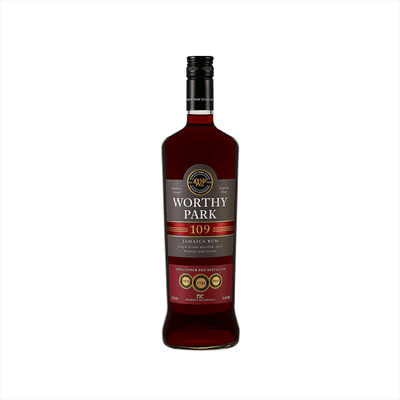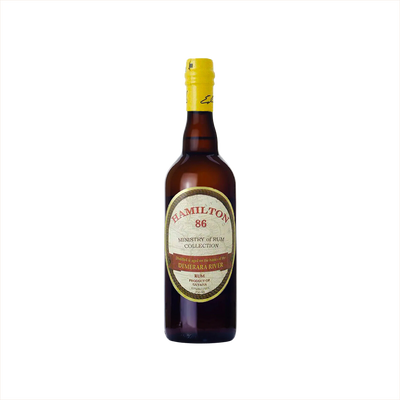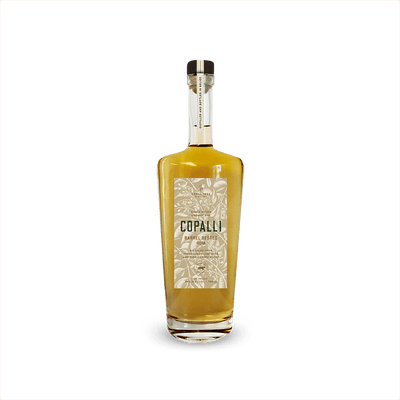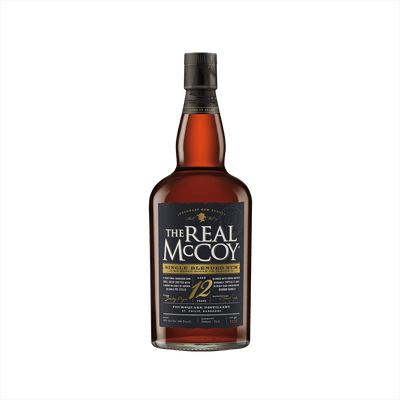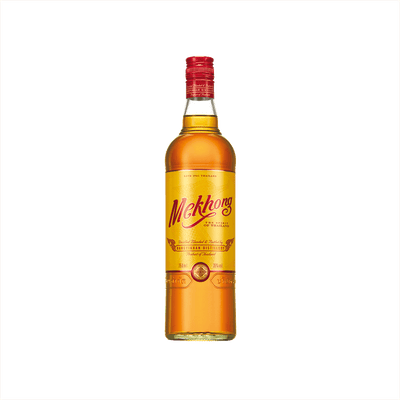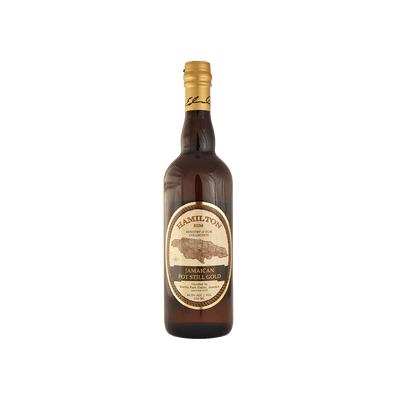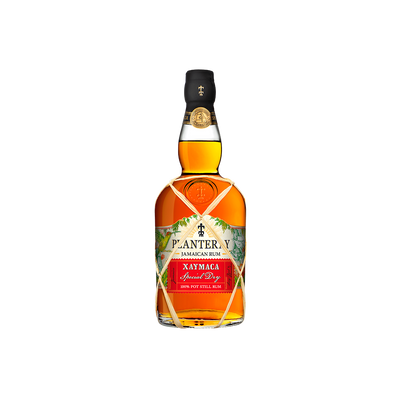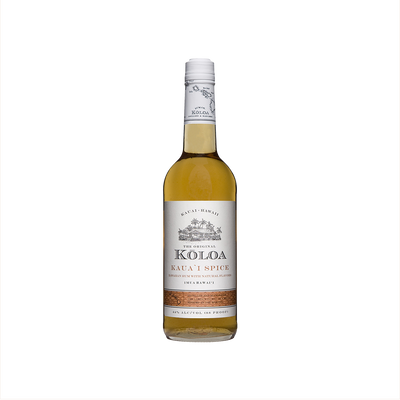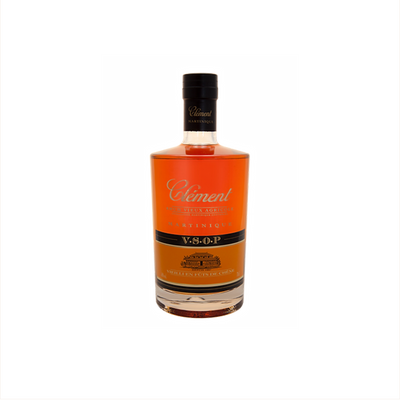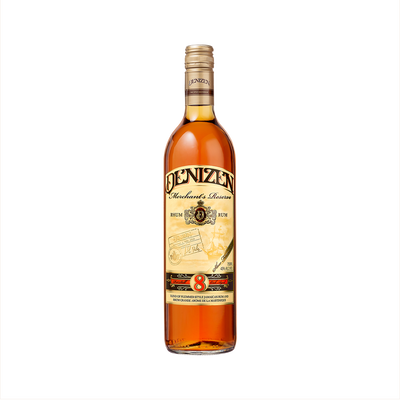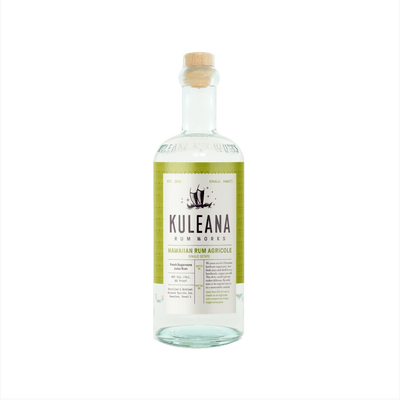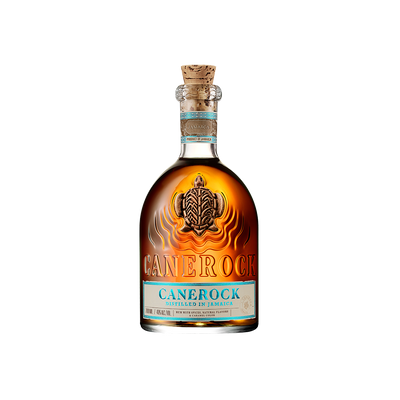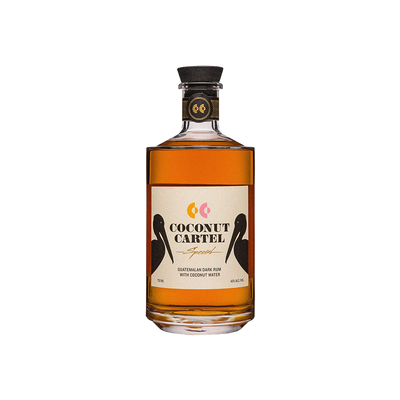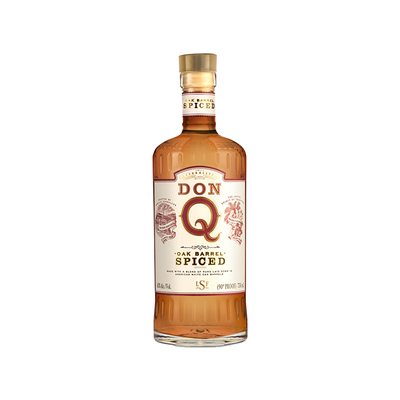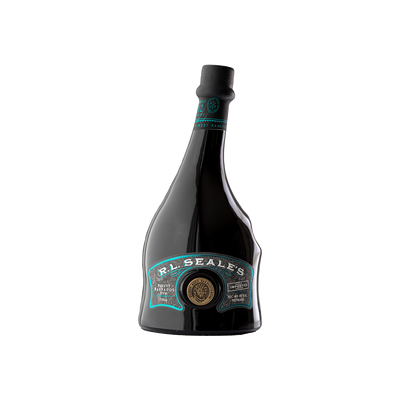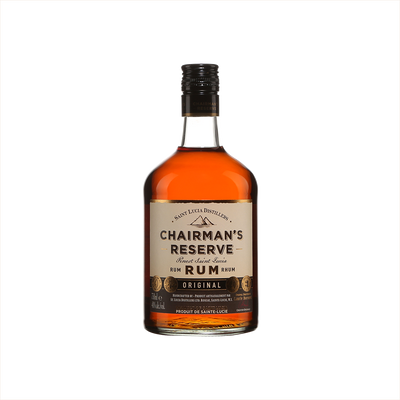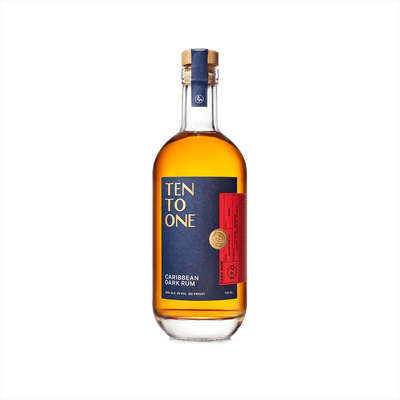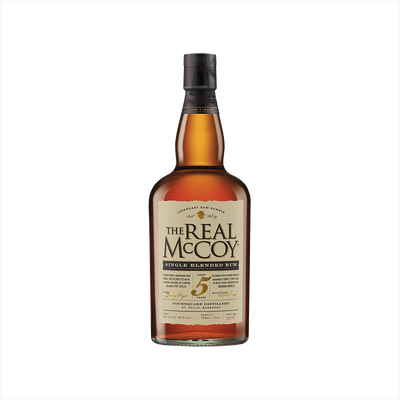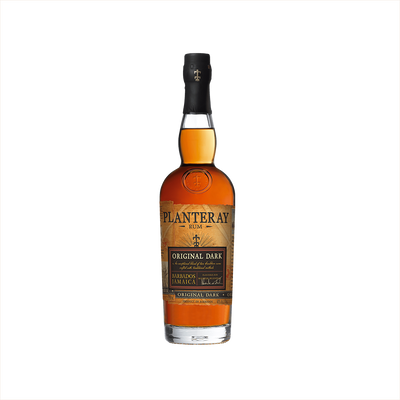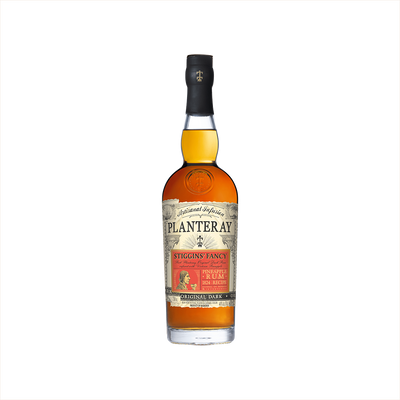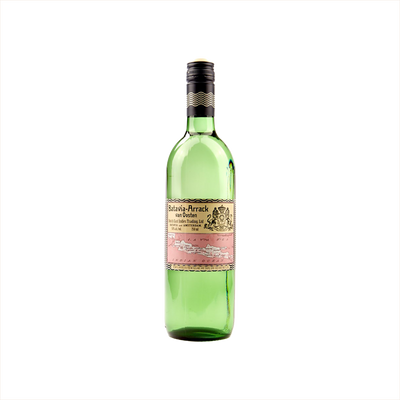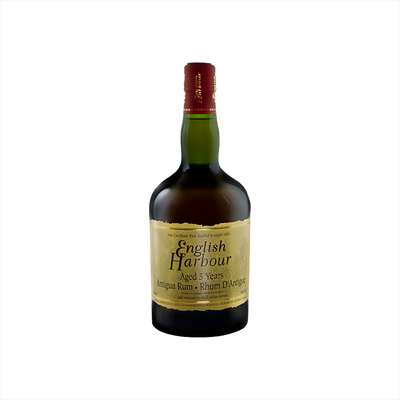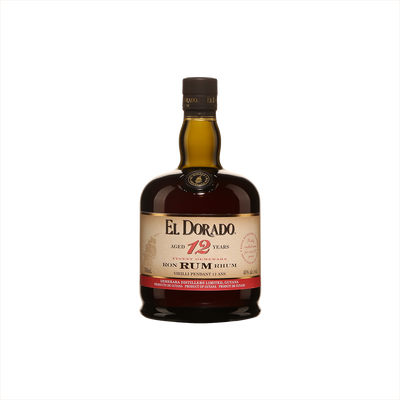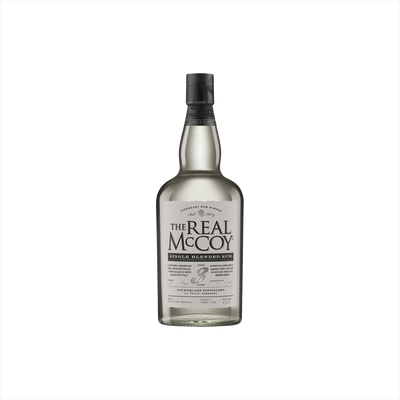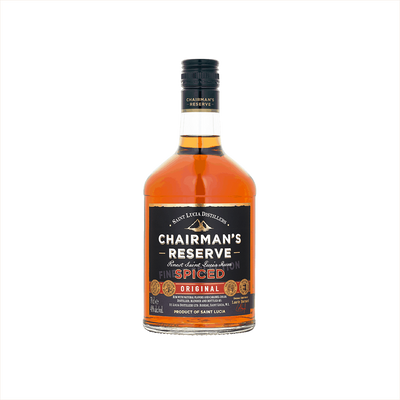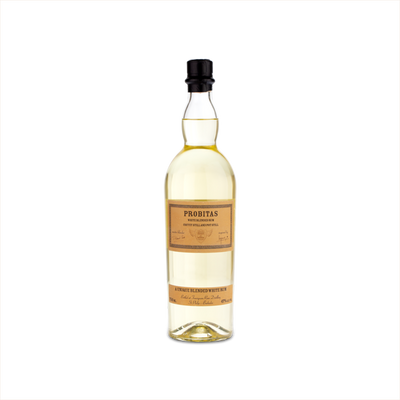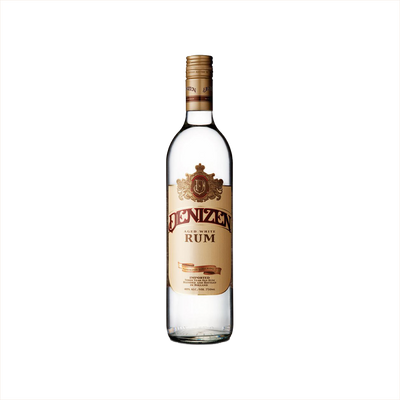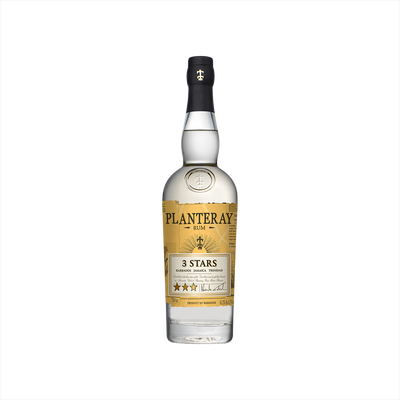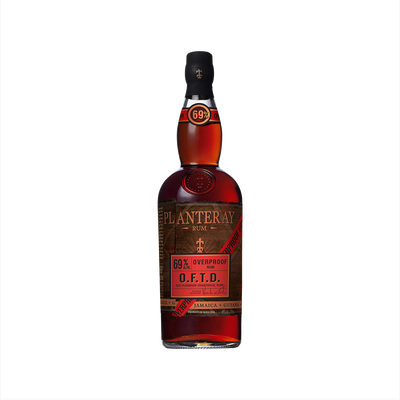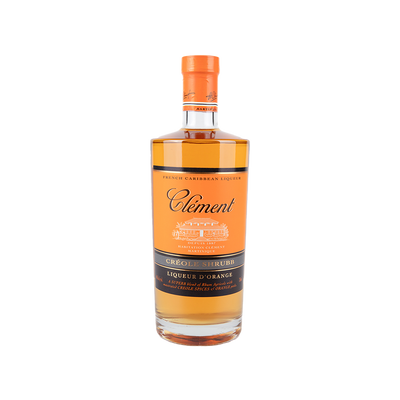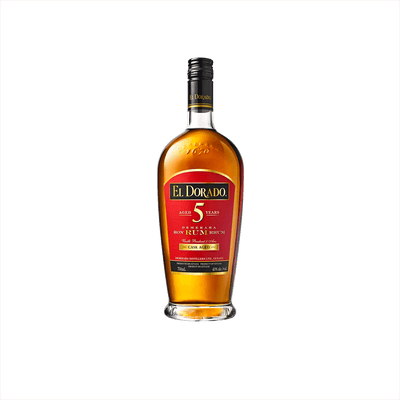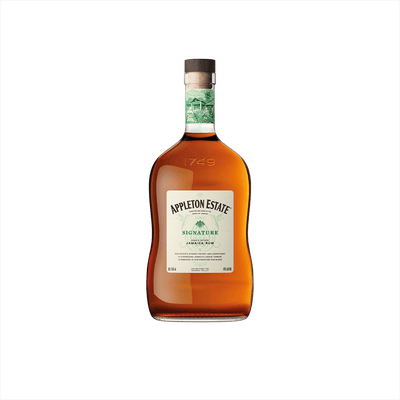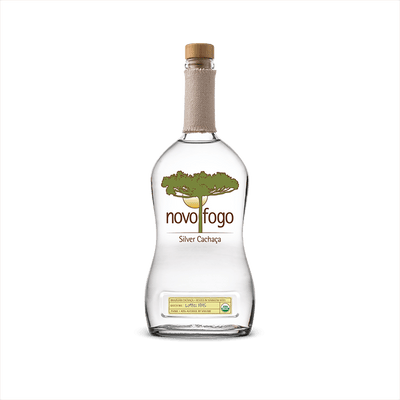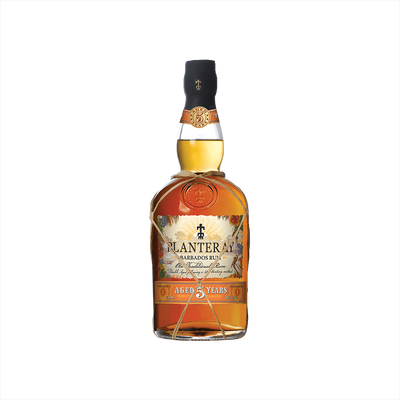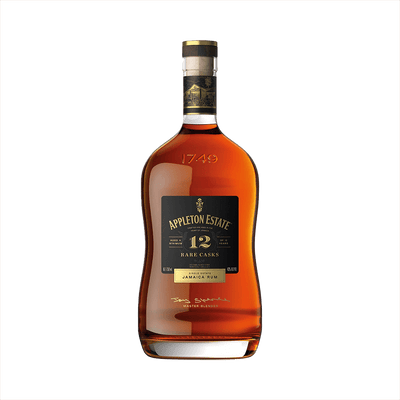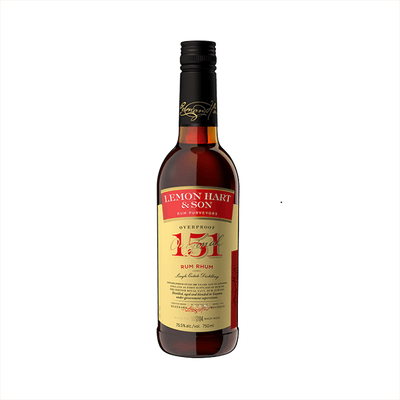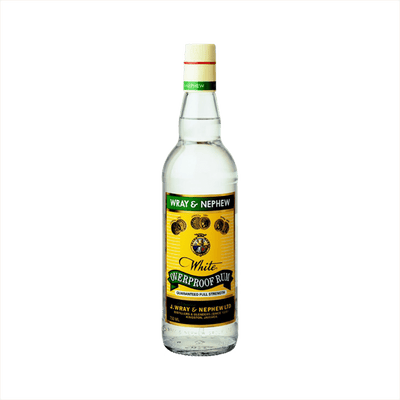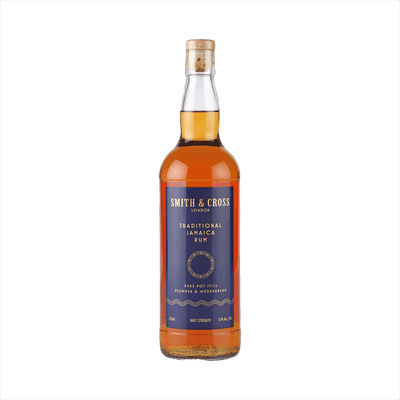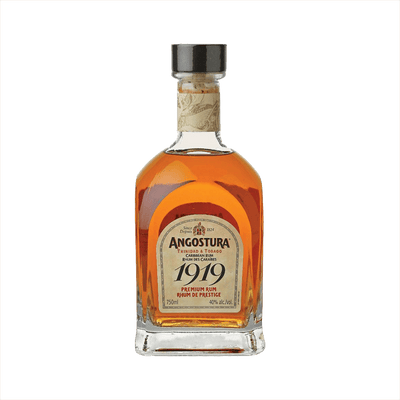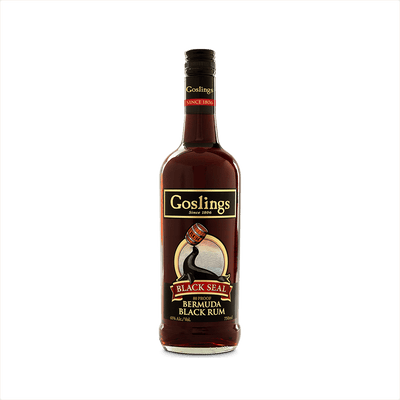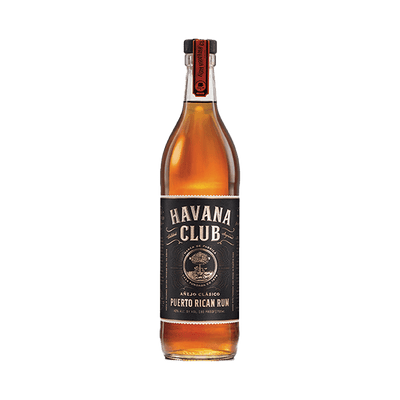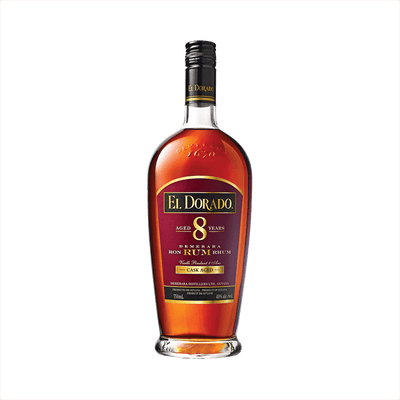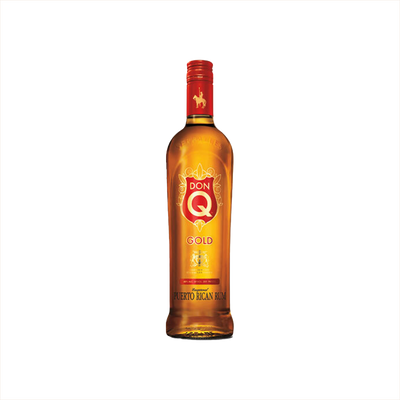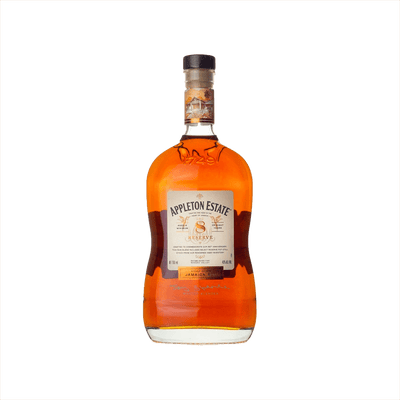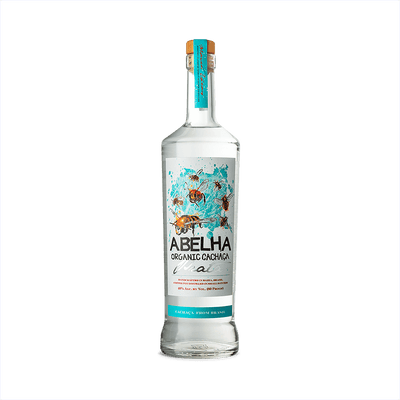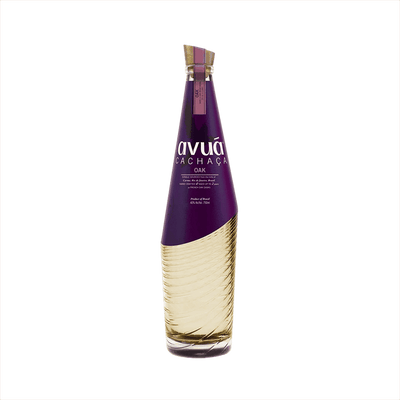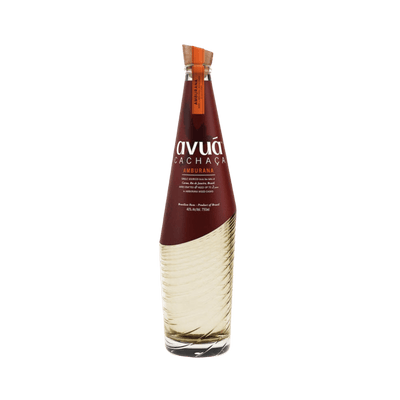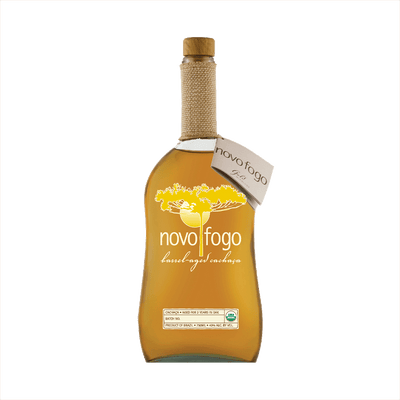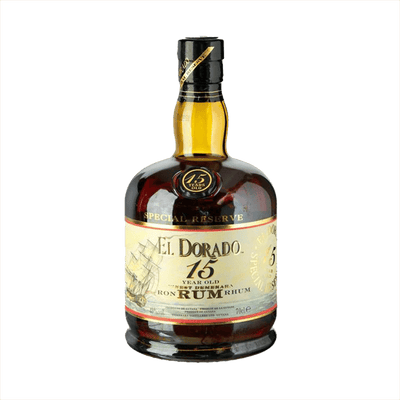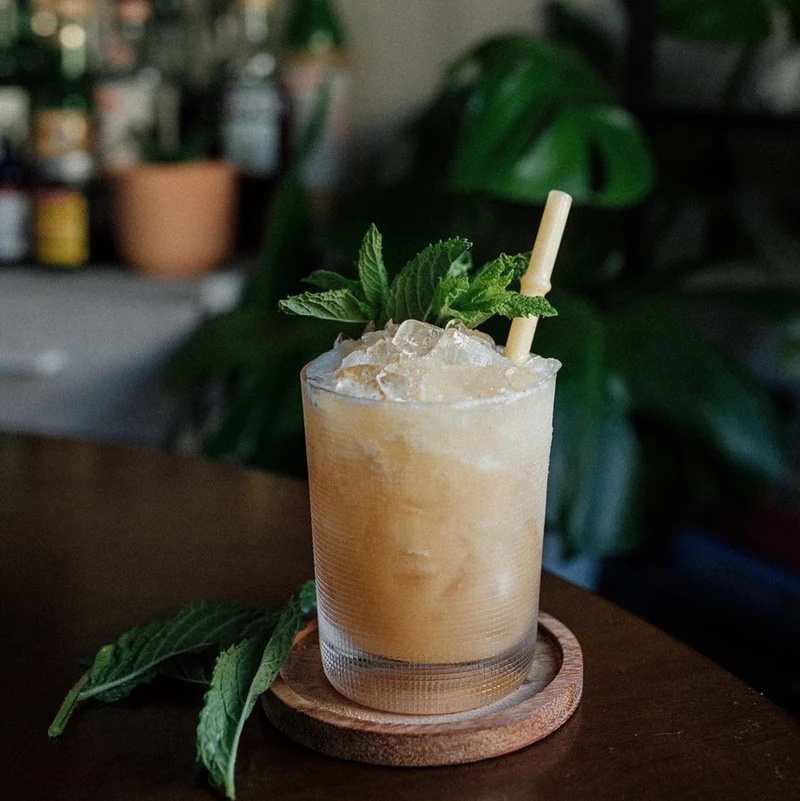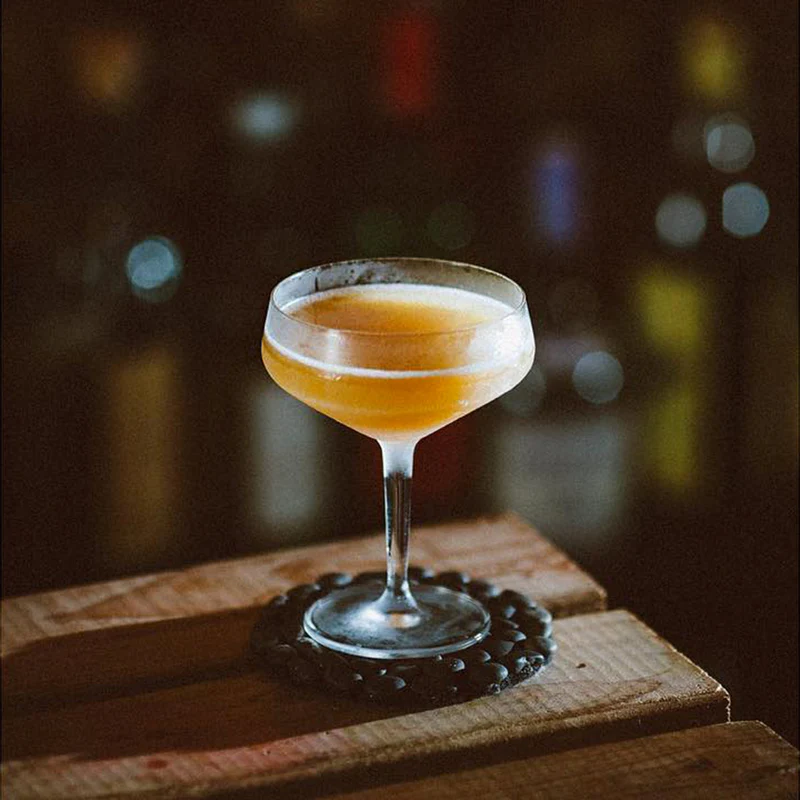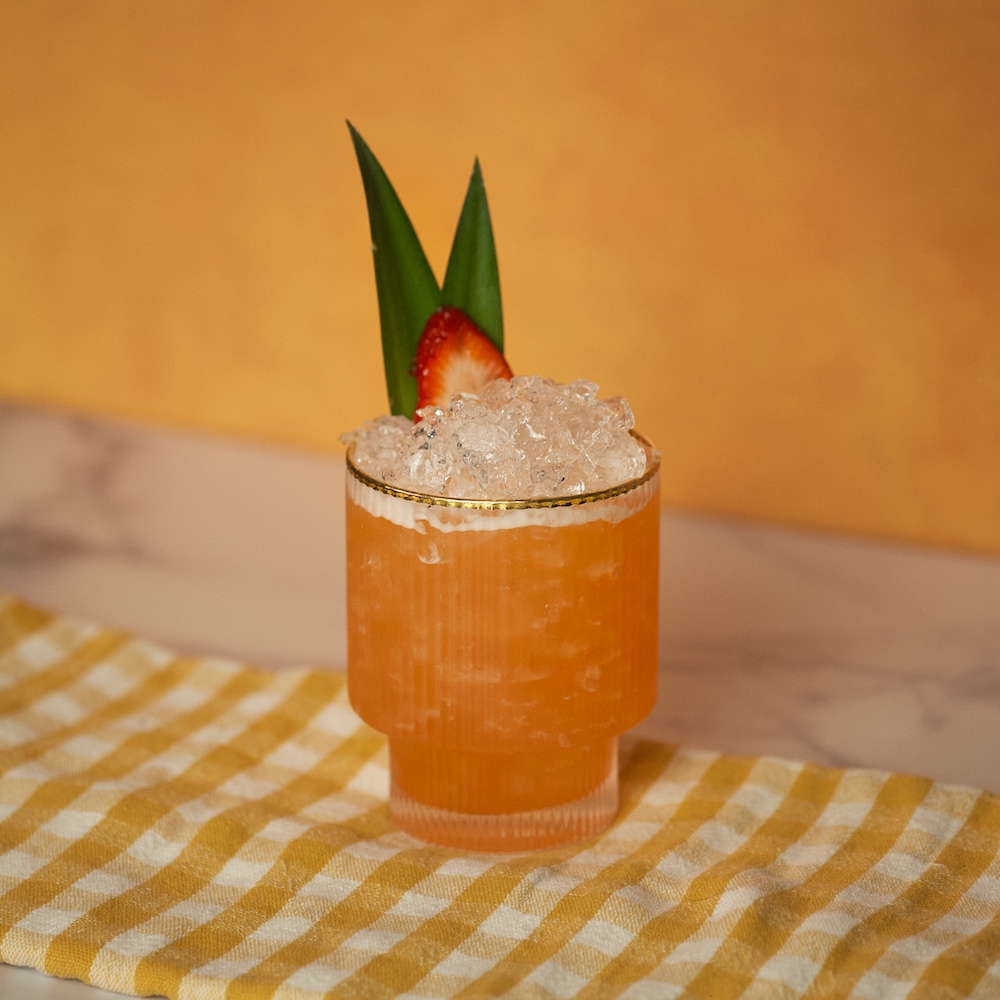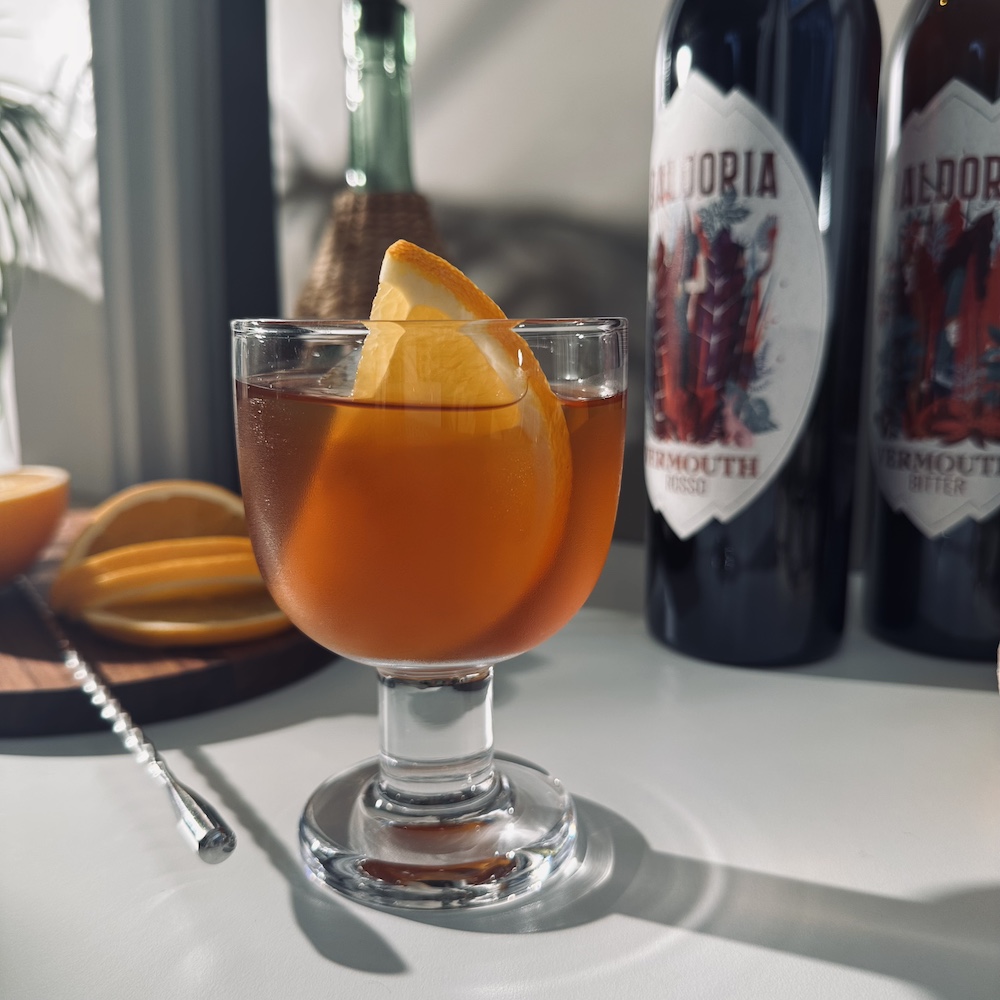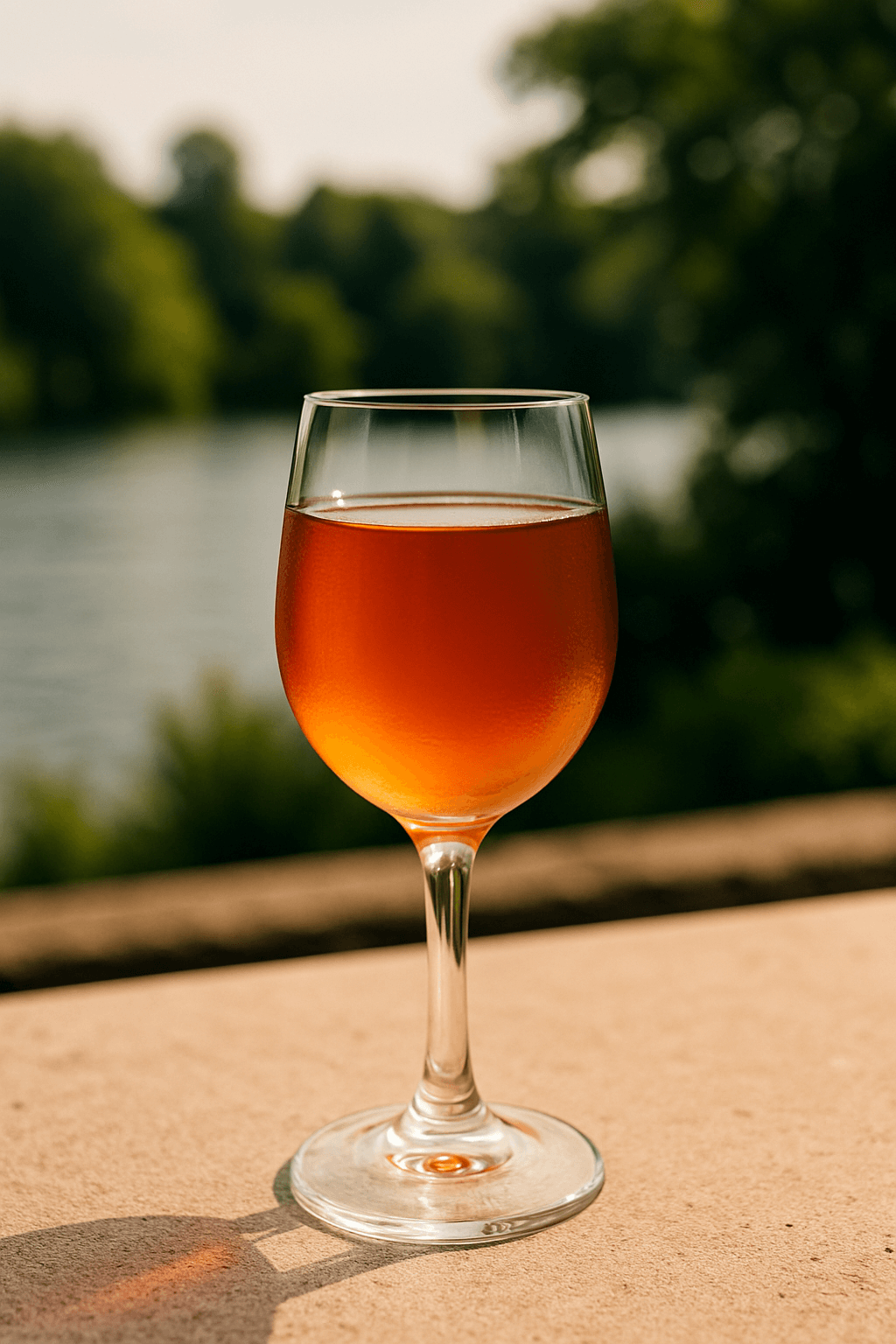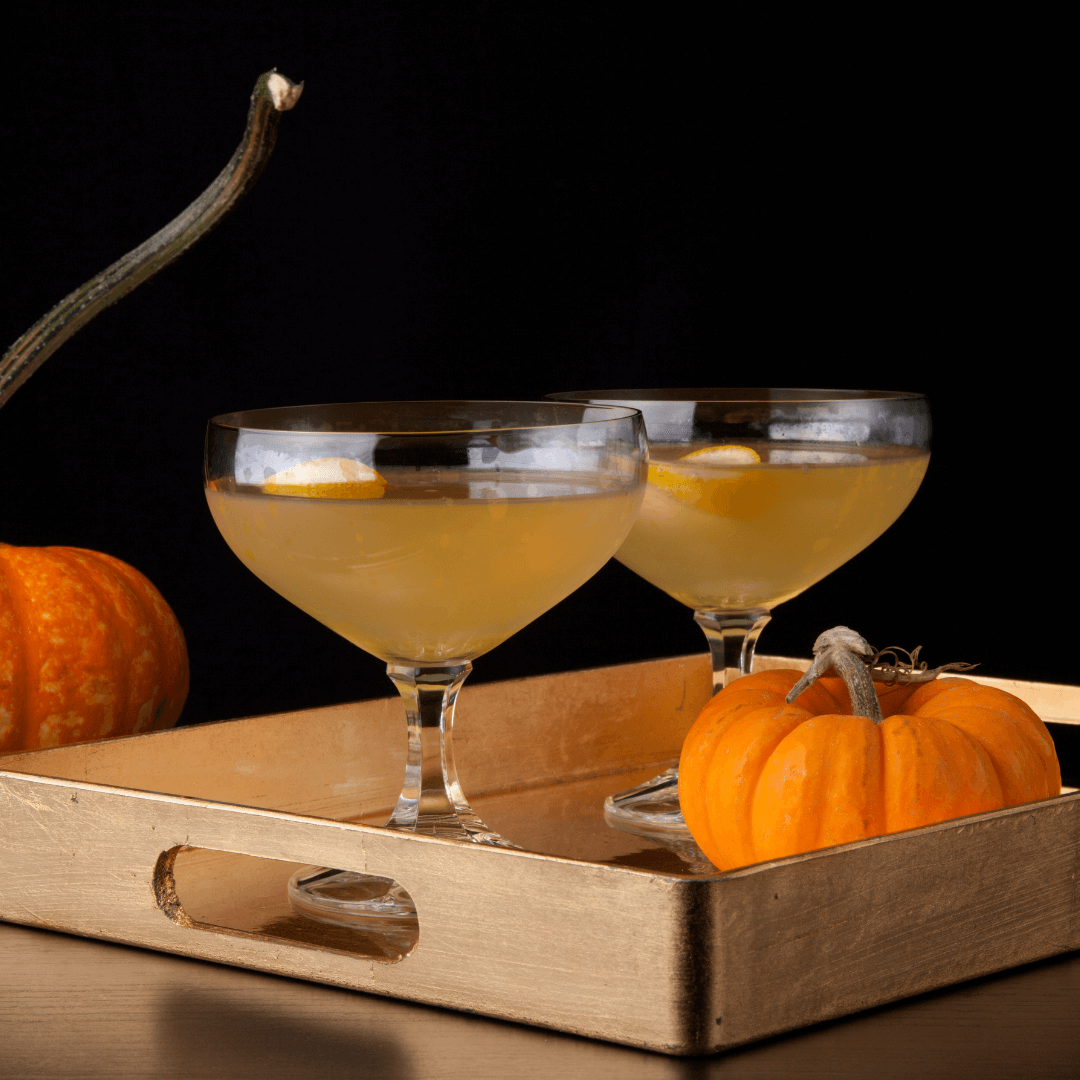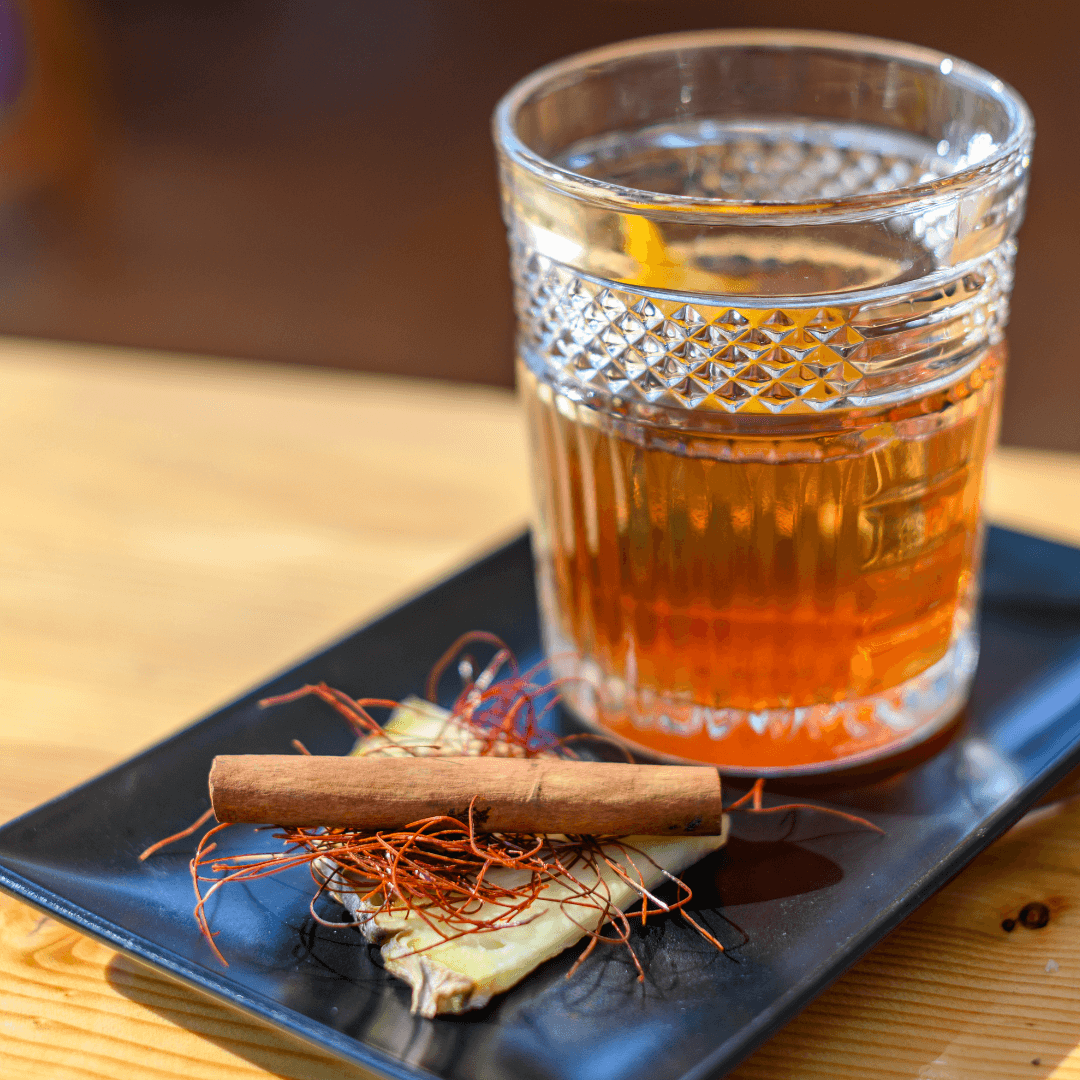Rum
What is Rum?
Rum is a distilled spirit made from sugarcane byproducts, typically molasses or fresh sugarcane juice, that's fermented and then distilled. What defines rum is its sugarcane origin and the incredible diversity that comes from different production methods, aging techniques, and regional styles - from light Puerto Rican rums perfect for mojitos to dark, funky Jamaican rums that bring serious character to your glass. The beauty of rum lies in how each Caribbean island and rum-producing region has developed its own distinct approach, creating a spirit category that spans from clean and mixable to rich and sippable.
Learn More About Rum
What are the different types of Rum?
Rum splits into several distinct camps based on production style and aging, each offering its own personality. Light rums bring clean, subtle flavors perfect for mixing, while dark rums deliver rich molasses notes and spice from extended barrel time. Gold rums sit comfortably in the middle with gentle caramel sweetness, spiced rums get loaded with botanicals for warming complexity, and premium aged expressions showcase the spirit's sophisticated side with deep vanilla and tropical fruit character.
How is Rum made?
Rum starts with sugarcane juice or molasses, which gets fermented with yeast to create a low-alcohol wash that's then distilled in either pot stills or column stills. The distillation process can happen once or multiple times depending on the style the distillery wants to achieve, with pot stills generally producing heavier, more flavorful rums while column stills create lighter, cleaner spirits. After distillation, most rums age in oak barrels where they pick up color, flavor, and complexity from the wood before being bottled at various proof levels.
What does Rum taste like? What does Rum bring to a cocktail?
Rum delivers a spectrum of flavors that ranges from light and crisp with subtle vanilla notes in white varieties, to rich molasses sweetness and warm spices in aged dark rums, with funky, grassy agricole rums offering an entirely different herbaceous profile. In cocktails, rum serves as both a versatile base spirit that plays well with citrus and tropical fruits, and a complex flavor anchor that can add everything from clean sweetness to deep caramel richness depending on the style you choose. The sugar cane origins give rum a natural affinity for fruit juices and syrups, making it the backbone of classic tiki drinks while also shining in simple serves like a proper Daiquiri where its character can truly show through.
How do you drink Rum? In what kind of cocktails does Rum shine?
Rum works beautifully neat or on the rocks when you want to appreciate its full character, especially with aged expressions that show off rich molasses and tropical fruit notes. This versatile spirit absolutely dominates tropical cocktails like the Daiquiri, Mojito, and Piña Colada, where its sweetness plays perfectly with citrus and fresh herbs. Rum also brings serious depth to tiki drinks, punches, and classic cocktails like the Dark 'n' Stormy, proving it can handle everything from light and refreshing sippers to bold, complex creations.
What are fun ways to drink Rum?
Rum absolutely shines in jello shots – try coconut rum with pineapple jello for a tropical twist, or spiced rum with cherry for something warmer. Frozen rum popsicles are brilliant for summer parties, especially when you blend white rum with fresh fruit juices like mango or passion fruit. In desserts, rum transforms everything from bread pudding to ice cream, and don't sleep on rum-spiked whipped cream for your next pie – it's ridiculously good.
How has Rum been depicted in culture?
Rum carries the romantic mystique of pirates and Caribbean adventures in popular culture, from the swashbuckling tales of Captain Jack Sparrow to classic literature like "Treasure Island," where it's practically a character itself. The spirit has also been woven into the fabric of tropical escapism, appearing in everything from beach vacation fantasies to tiki culture, where it represents relaxation and exotic indulgence. Beyond the adventurous imagery, rum holds deep cultural significance in Latin American and Caribbean communities, symbolizing celebration, tradition, and the complex history of sugar production in the Americas.
Nutritional Information
Typical Calorie Range per Ounce: 64-69 calories
Typical Carbohydrate Range per Ounce: 0 grams
Typical Sugar Range per Ounce: 0 grams
Typically Gluten Free: Yes
Rum is distilled from sugarcane byproducts like molasses or sugarcane juice, making it naturally gluten-free since it contains no wheat, barley, or rye. The distillation process removes virtually all carbohydrates and sugars, leaving behind pure alcohol and water. Spiced rums and flavored varieties may contain additional ingredients that could affect these values, so always check detailed product information to confirm gluten-free status and nutritional content if you have specific dietary concerns.
Scrolled this far? Your reward? Rum Trivia!
- Napoleon's Secret Weapon Was Actually Rum - When Napoleon was exiled to the island of Elba, he brought along his personal distiller to create a special rum blend. This wasn't just for personal enjoyment - he used premium rum as diplomatic currency to win over local officials and potentially plan his return. The recipe was so guarded that it died with the distiller, making it one of history's most mysterious lost spirits.
- Rum Can Literally Power Your Car - Brazil produces enough sugarcane-based ethanol (basically unfinished rum) to fuel nearly 30 million vehicles. The country's flex-fuel cars can run on up to 100% ethanol, meaning Brazilians are essentially driving on what could have been caipirinha ingredients. Some distilleries actually switch between making drinking rum and car fuel depending on market prices.
- The World's Most Expensive Rum Cost More Than a Ferrari - A single bottle of Appleton Estate Joy Anniversary Blend sold for $58,000 in 2021. What makes it so pricey? It contains rum aged for 45 years, housed in a crystal decanter designed by a famous artist, and only 800 bottles exist worldwide. The kicker? The rum inside represents liquid that's older than most of the people buying it.
- Pirates Actually Preferred Beer Over Rum - Despite Hollywood's portrayal, most Caribbean pirates drank beer when they could get it. Rum became the pirate drink by necessity - beer spoiled quickly in tropical heat, while rum lasted months at sea. The famous "rum ration" wasn't a pirate tradition but a British Navy practice that continued until 1970, making the Royal Navy the last major military force to issue daily alcohol to its sailors.
- There's a Rum Made From Dinosaur-Era Water - Mount Gay Rum in Barbados uses water filtered through coral limestone that formed 400,000 years ago during the Pleistocene era. This ancient geological filtering system removes impurities while adding unique mineral characteristics that you can actually taste in the final product. Essentially, you're drinking rum made with water that's been naturally filtering since before humans existed.
Gift message (optional)



